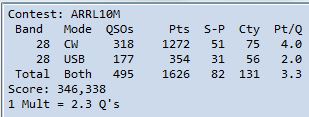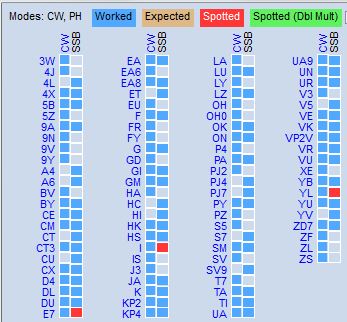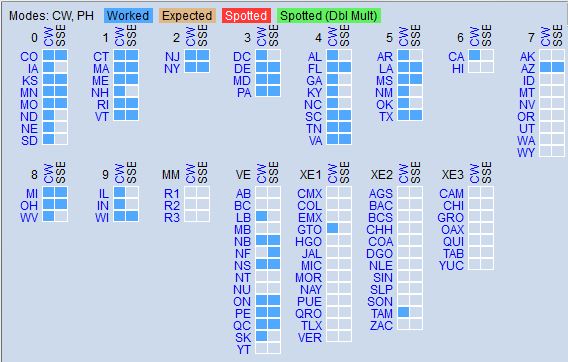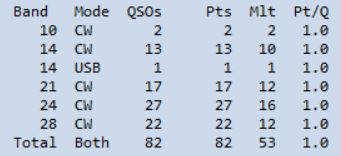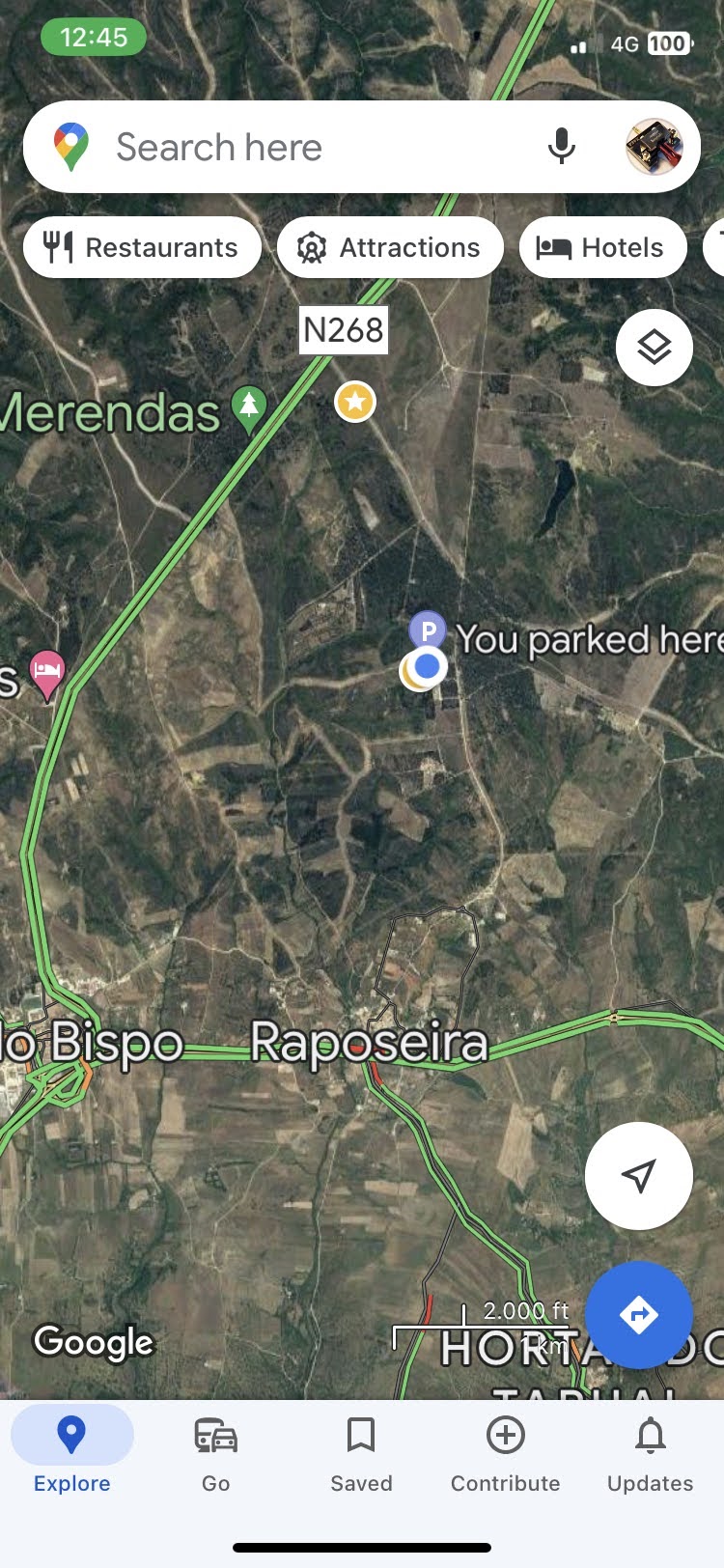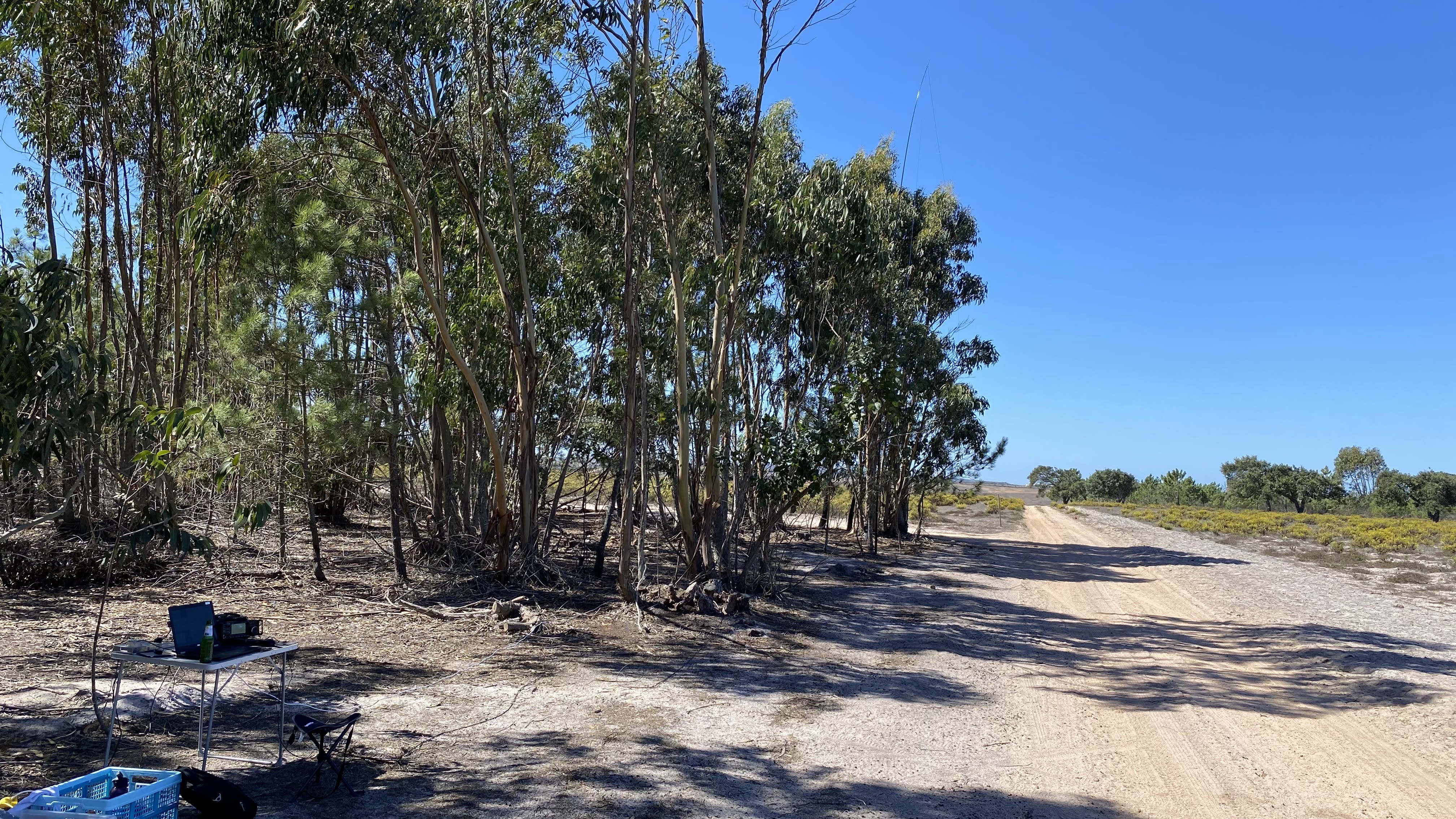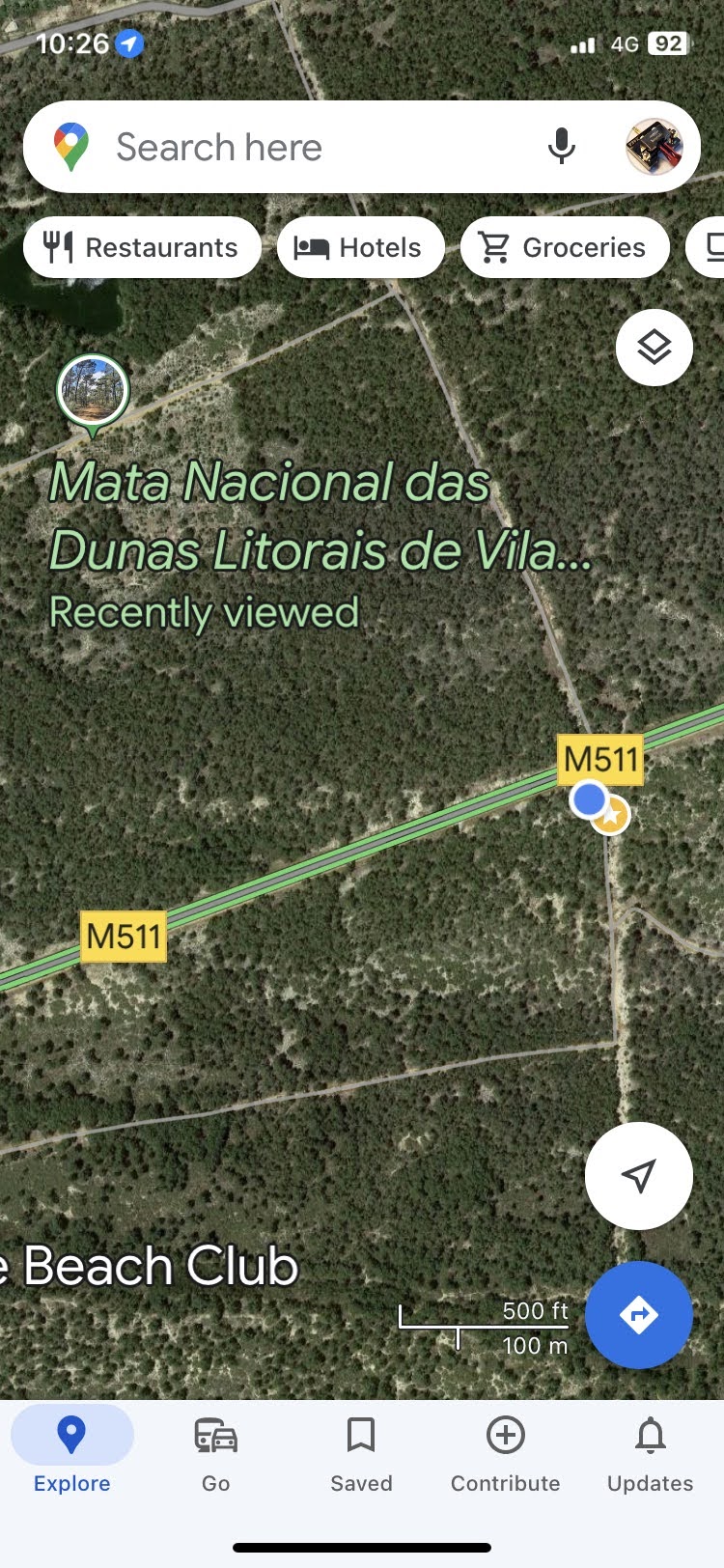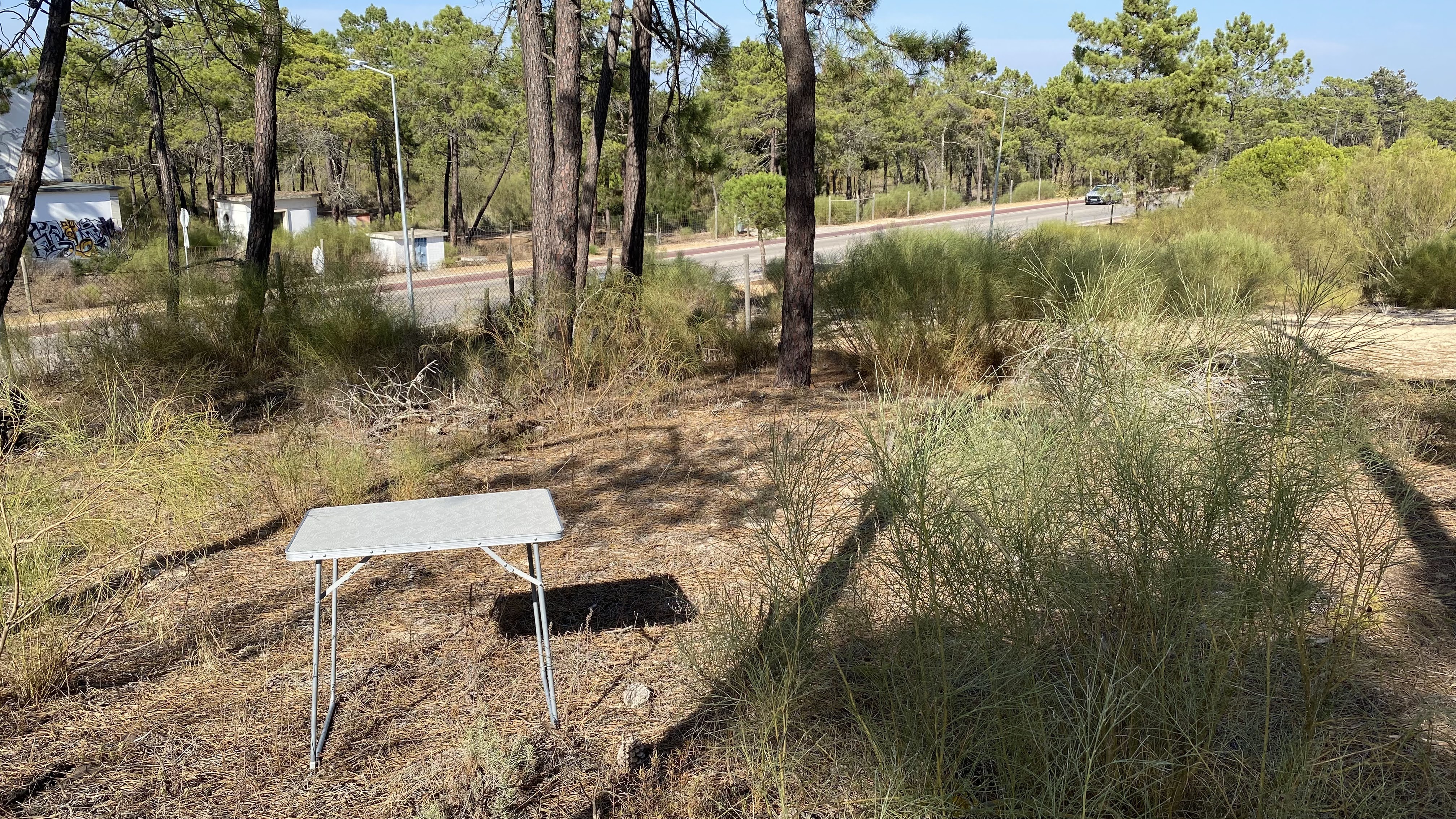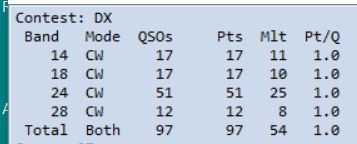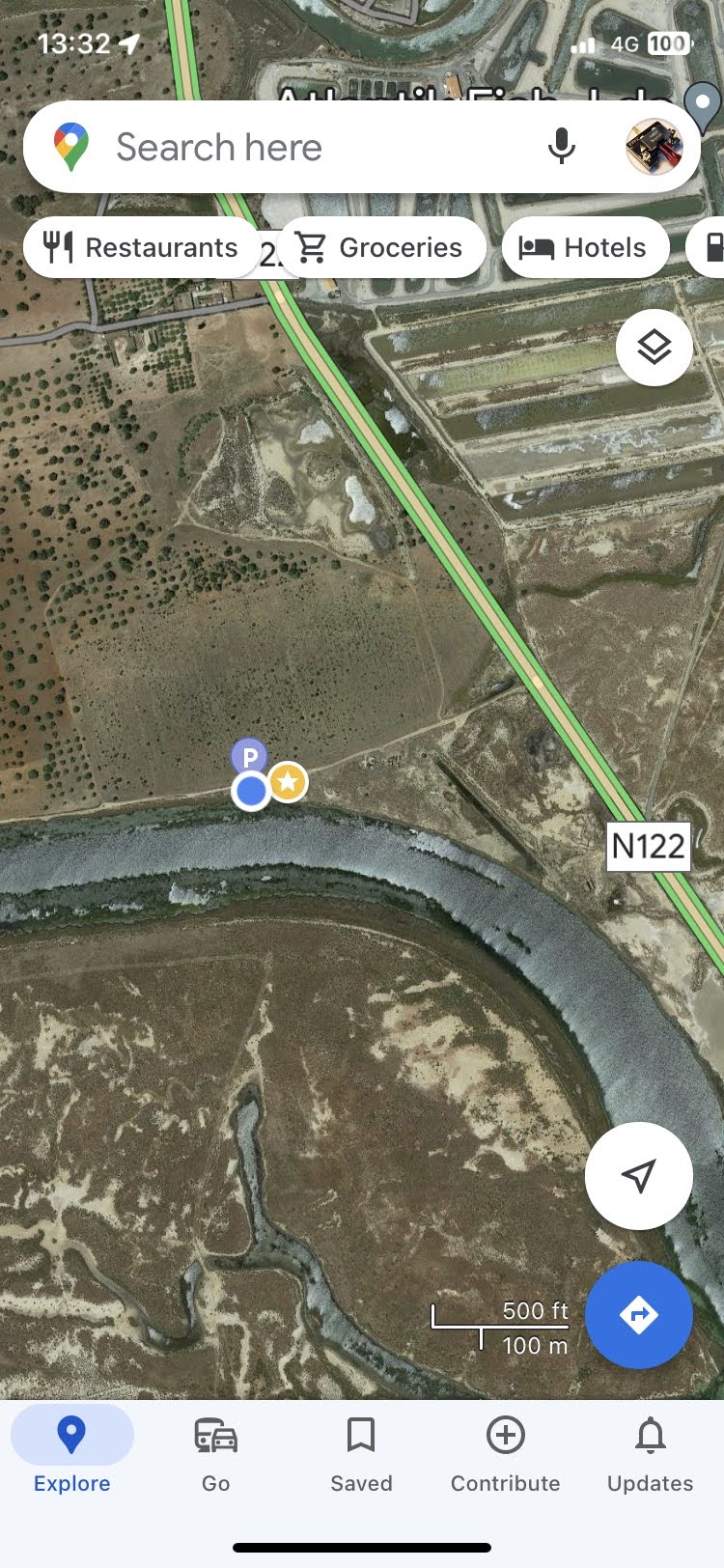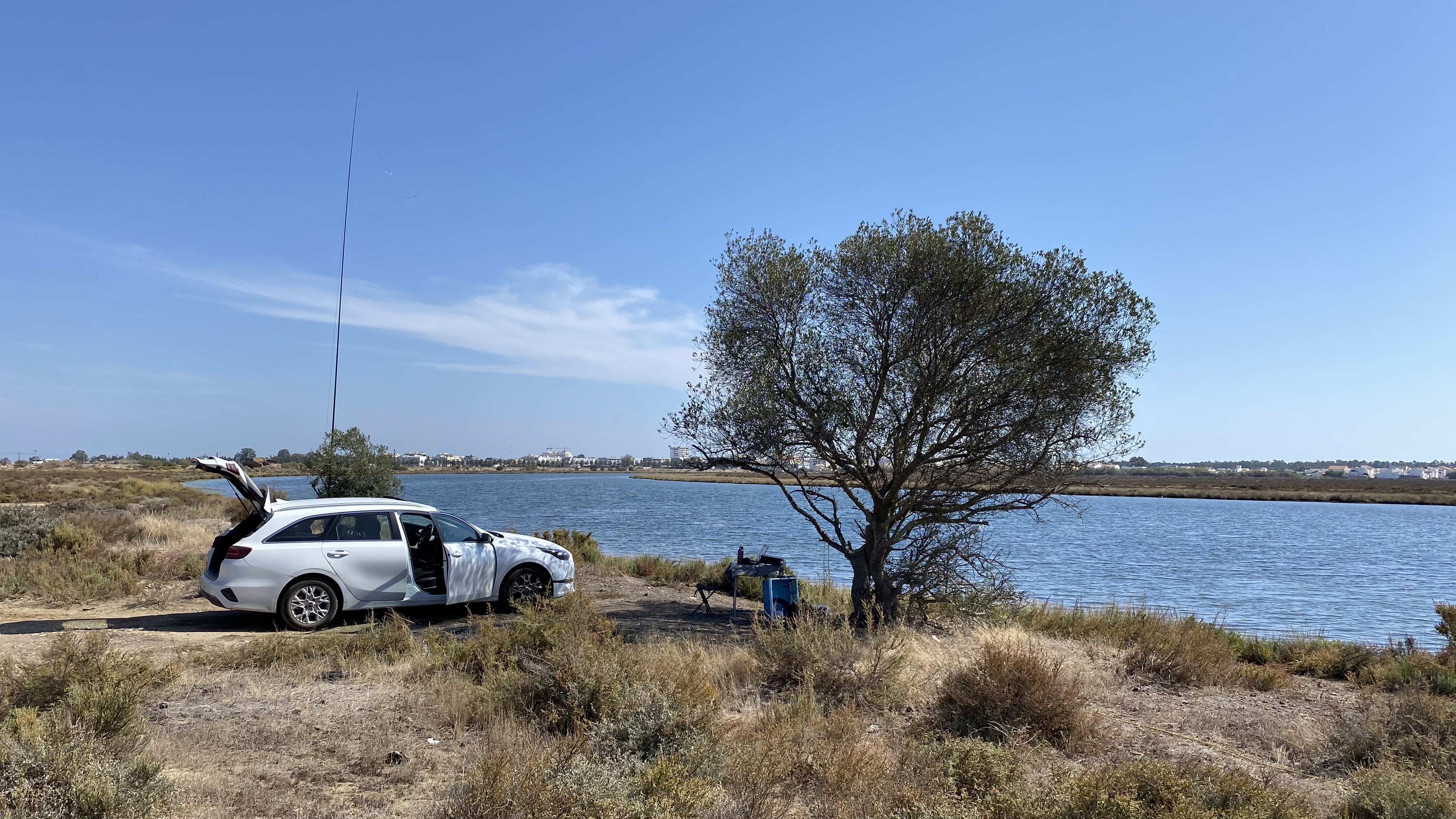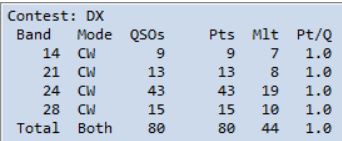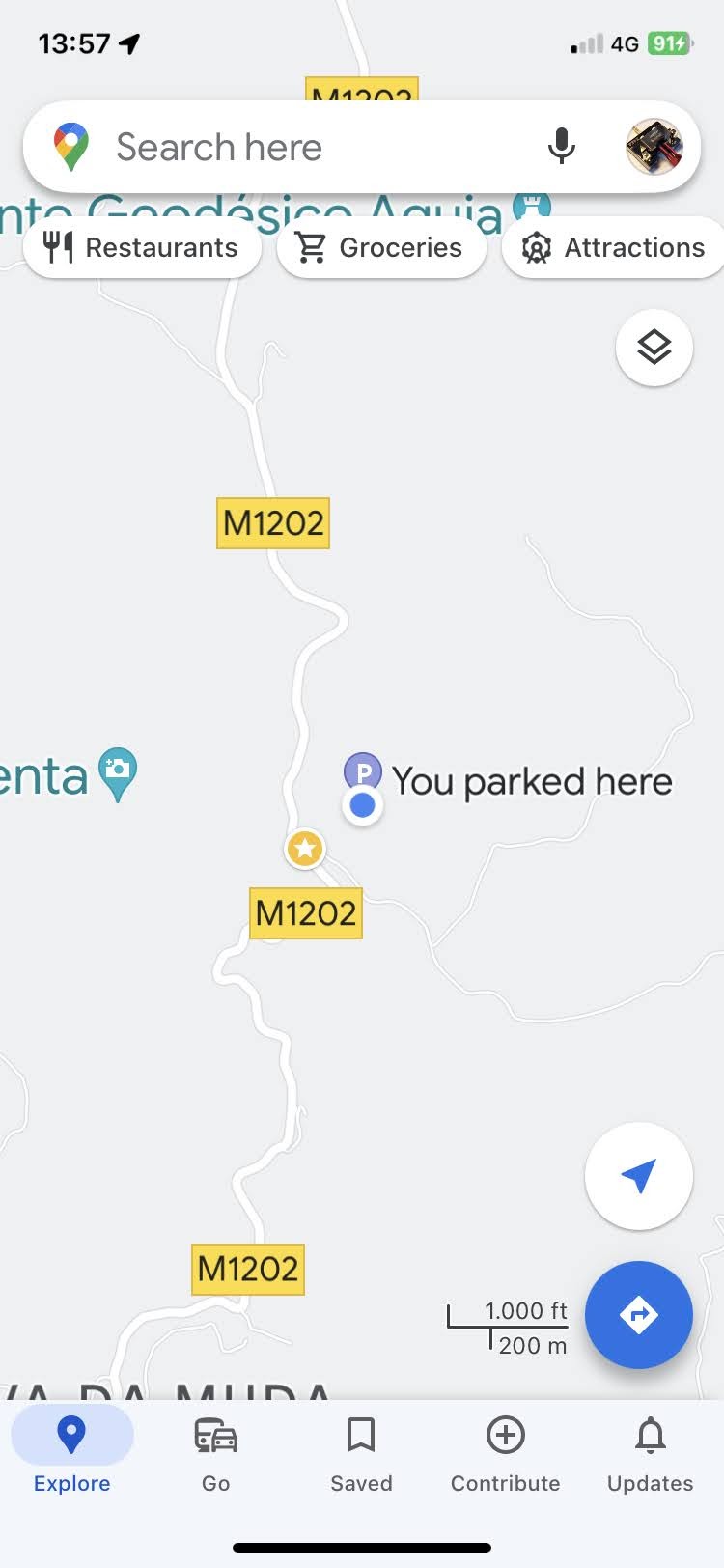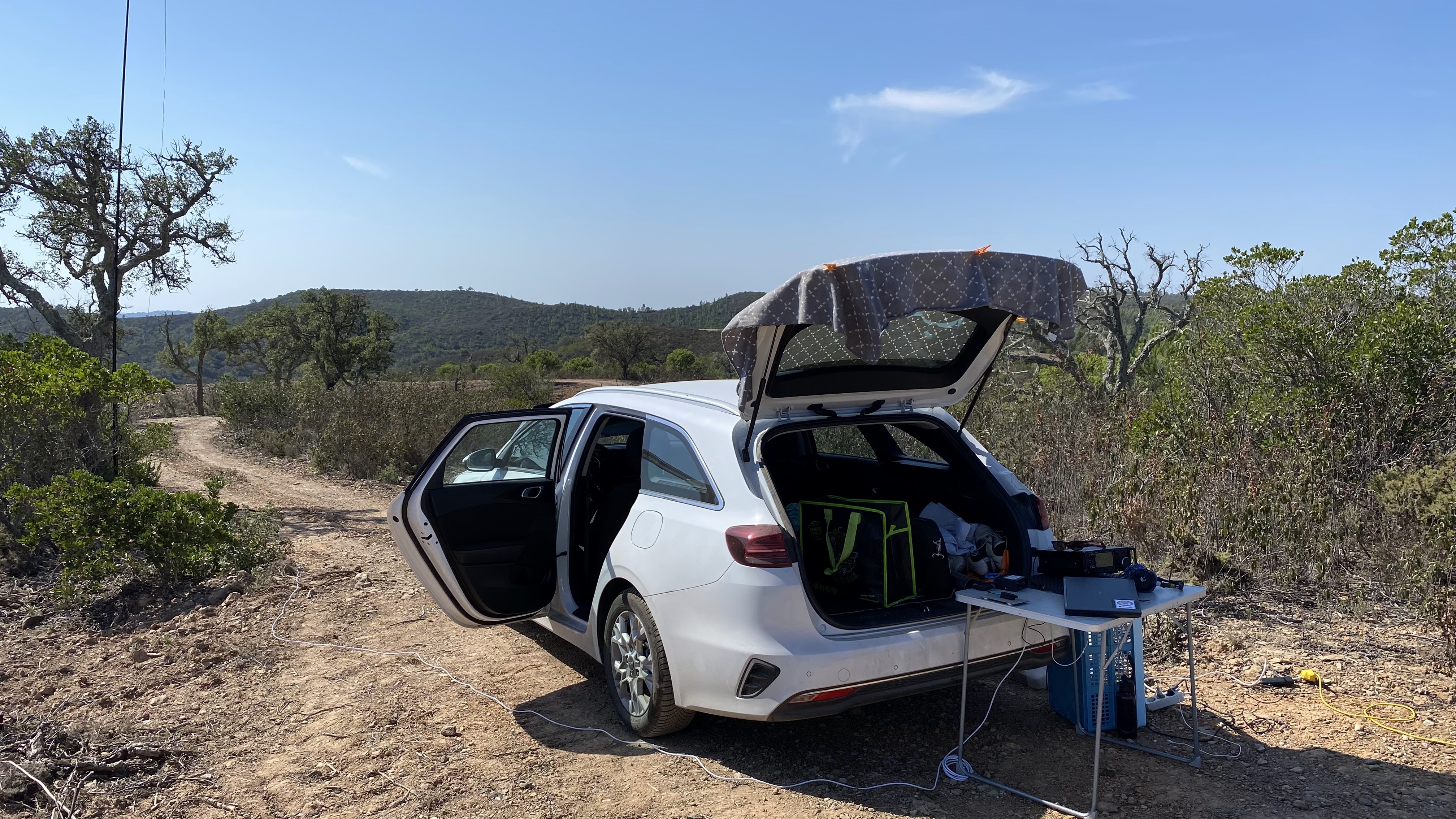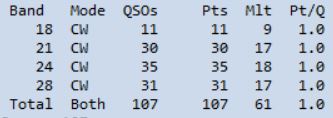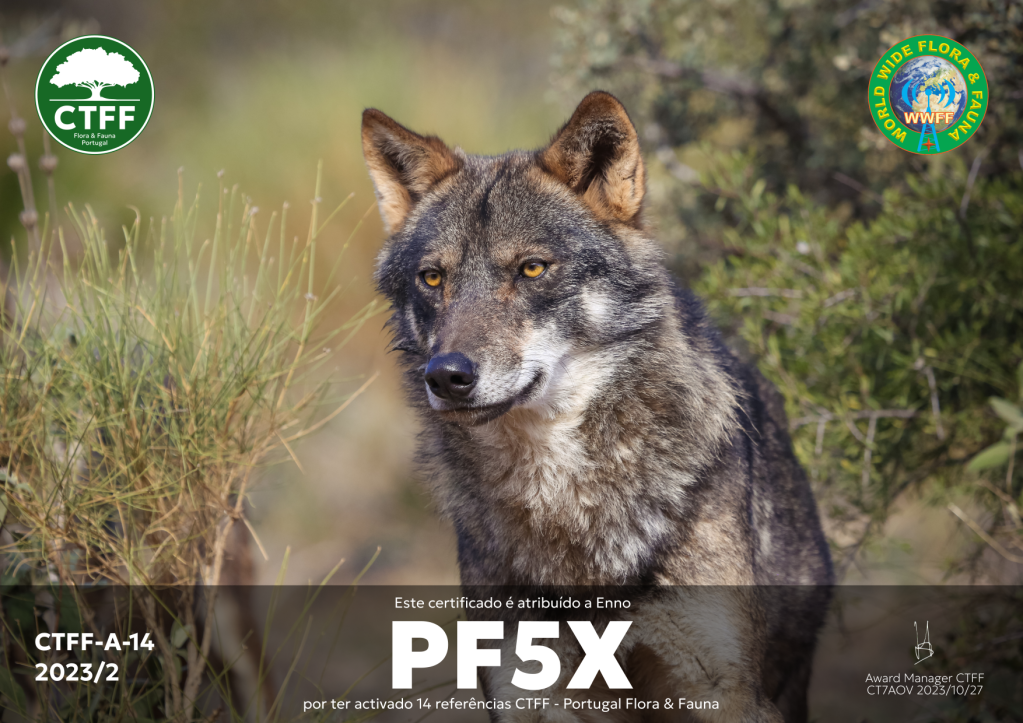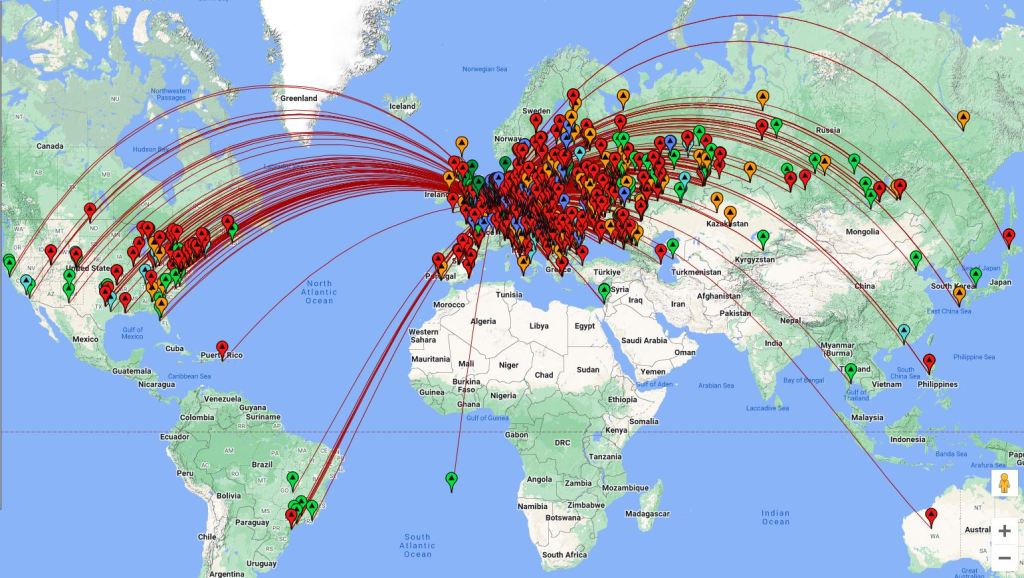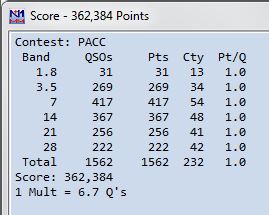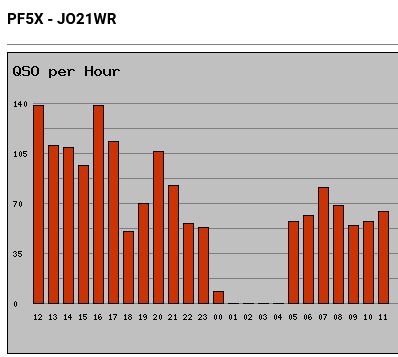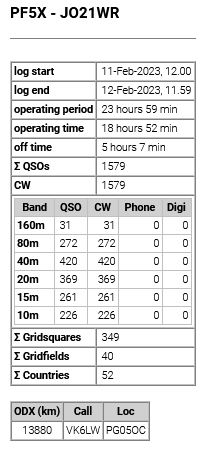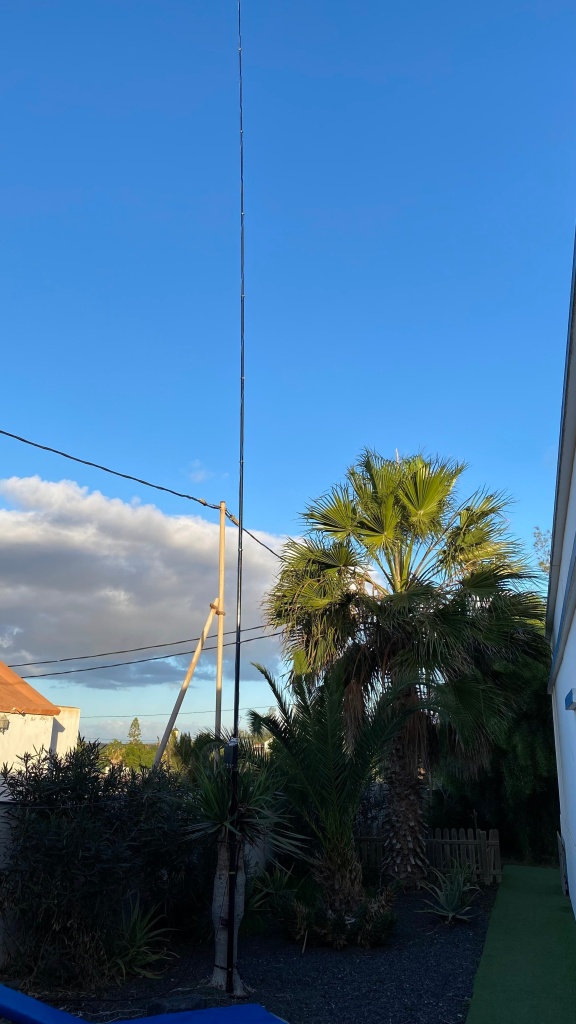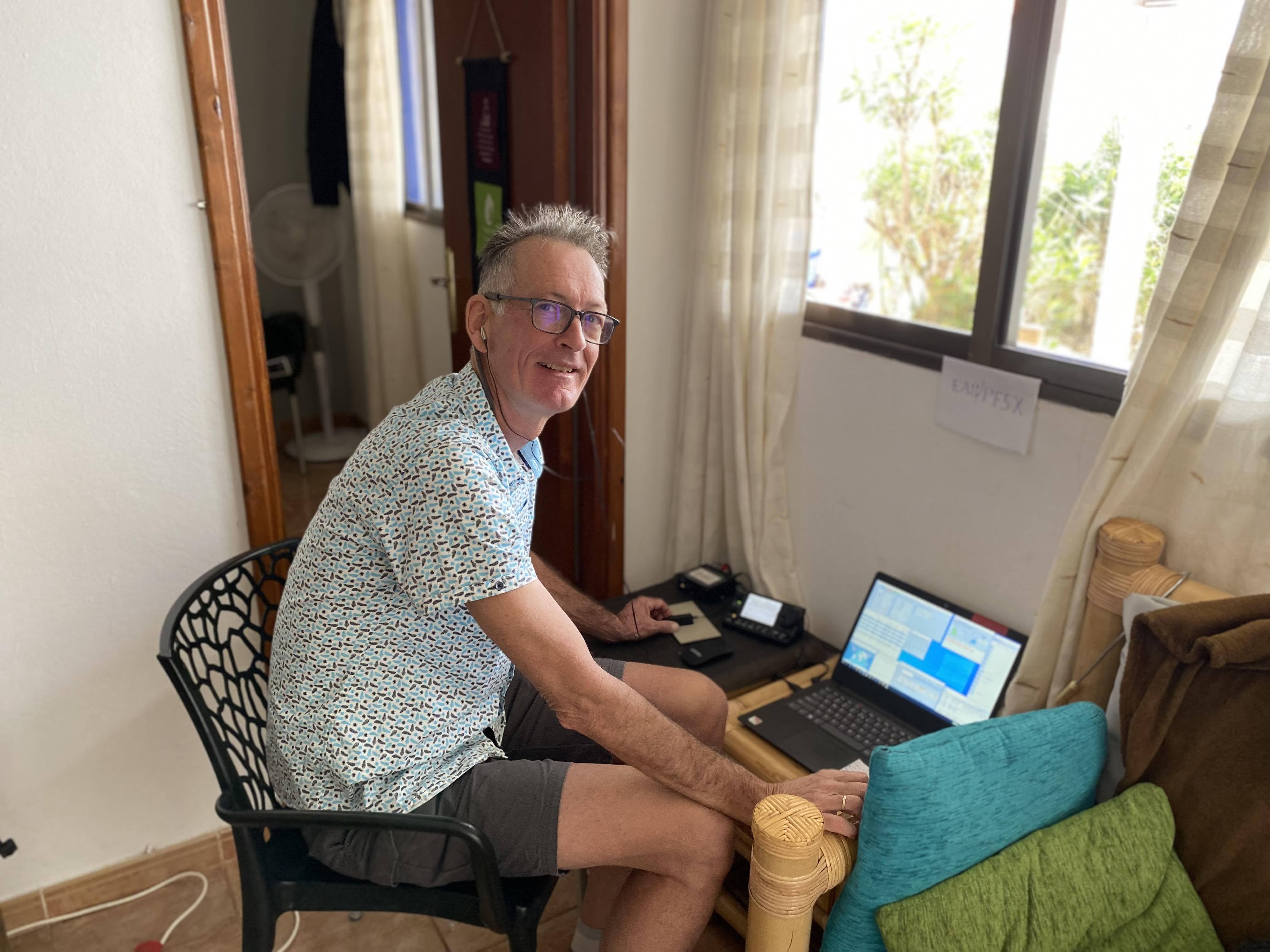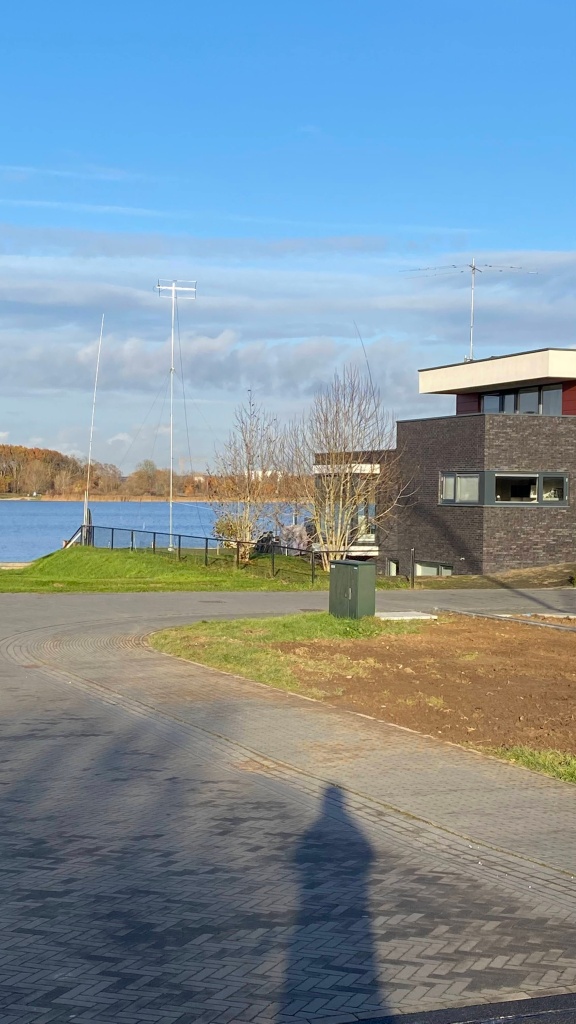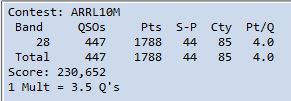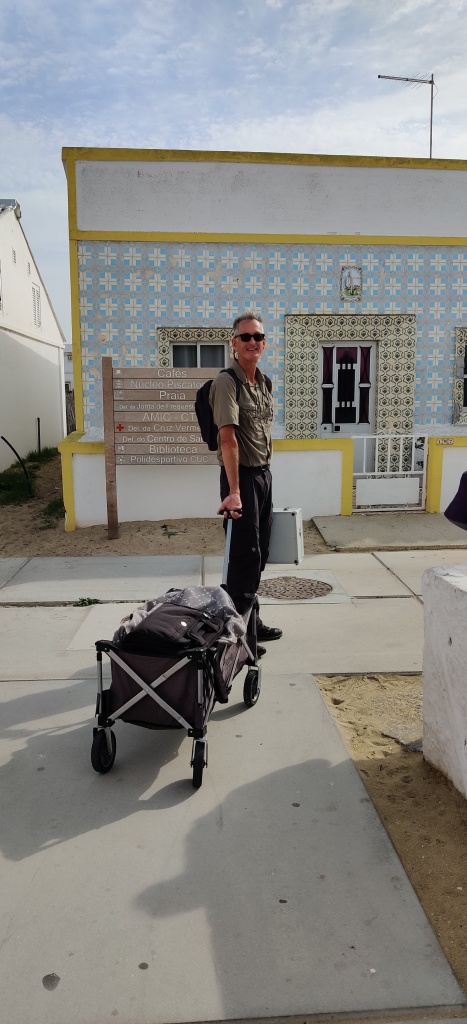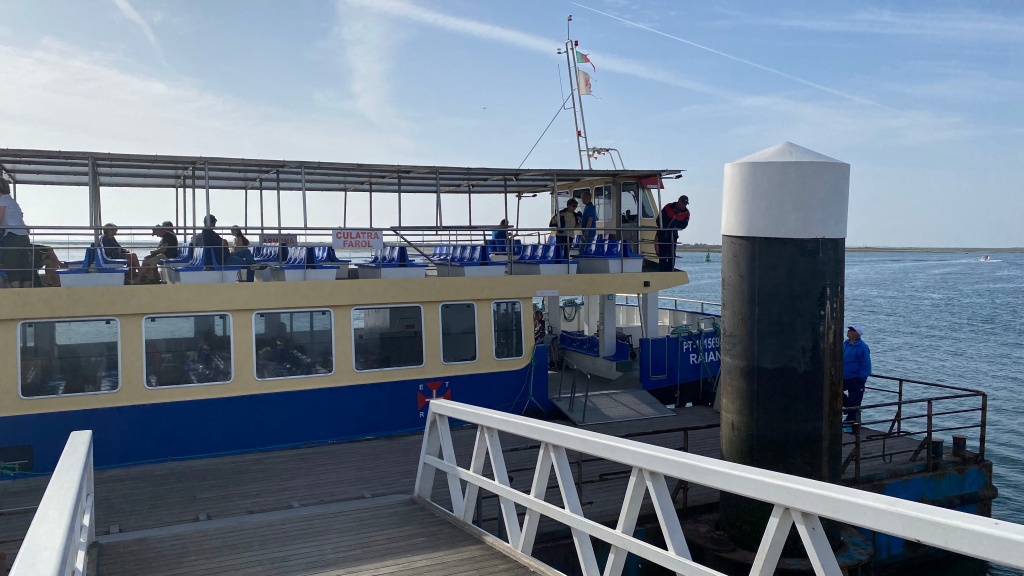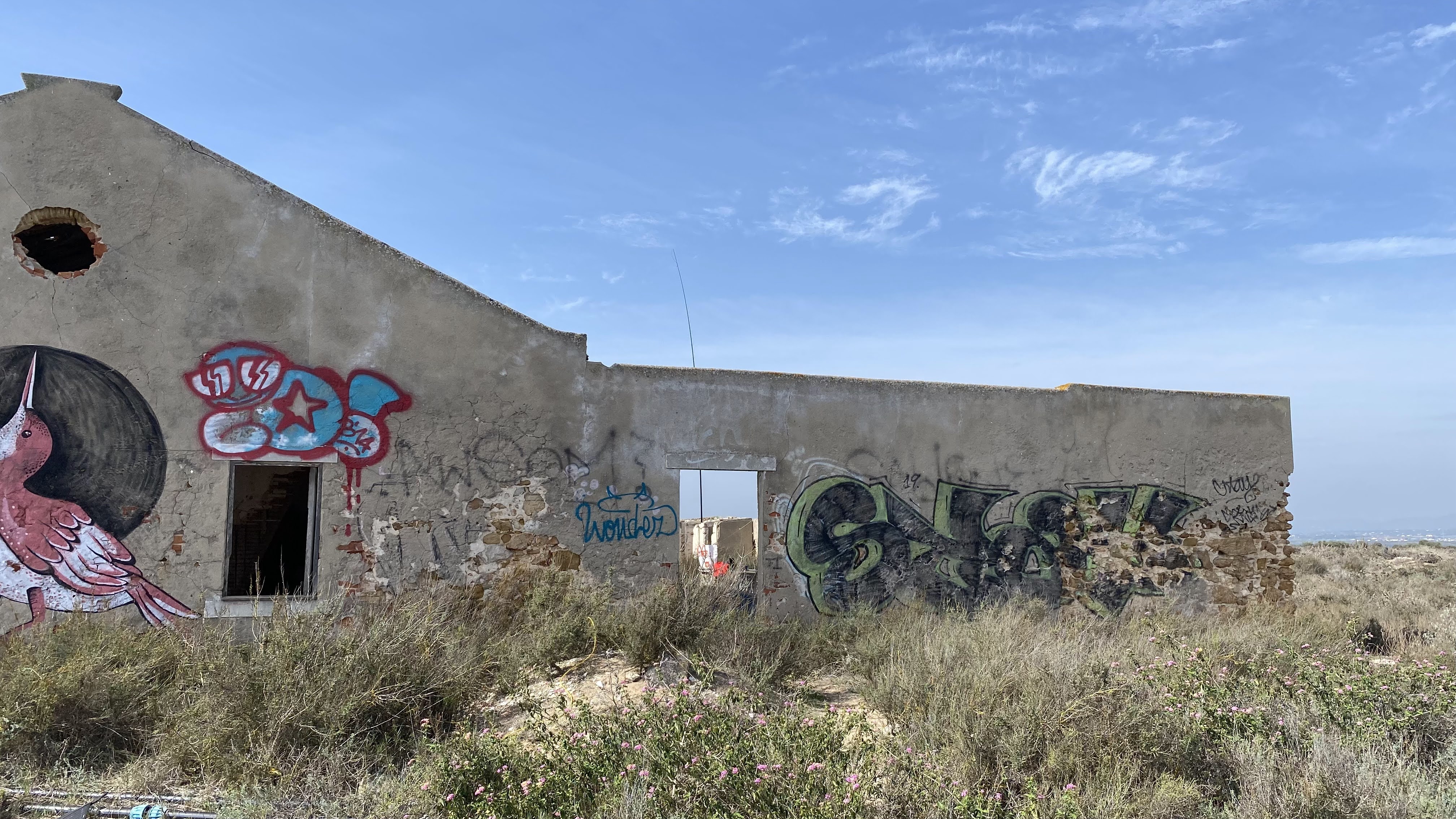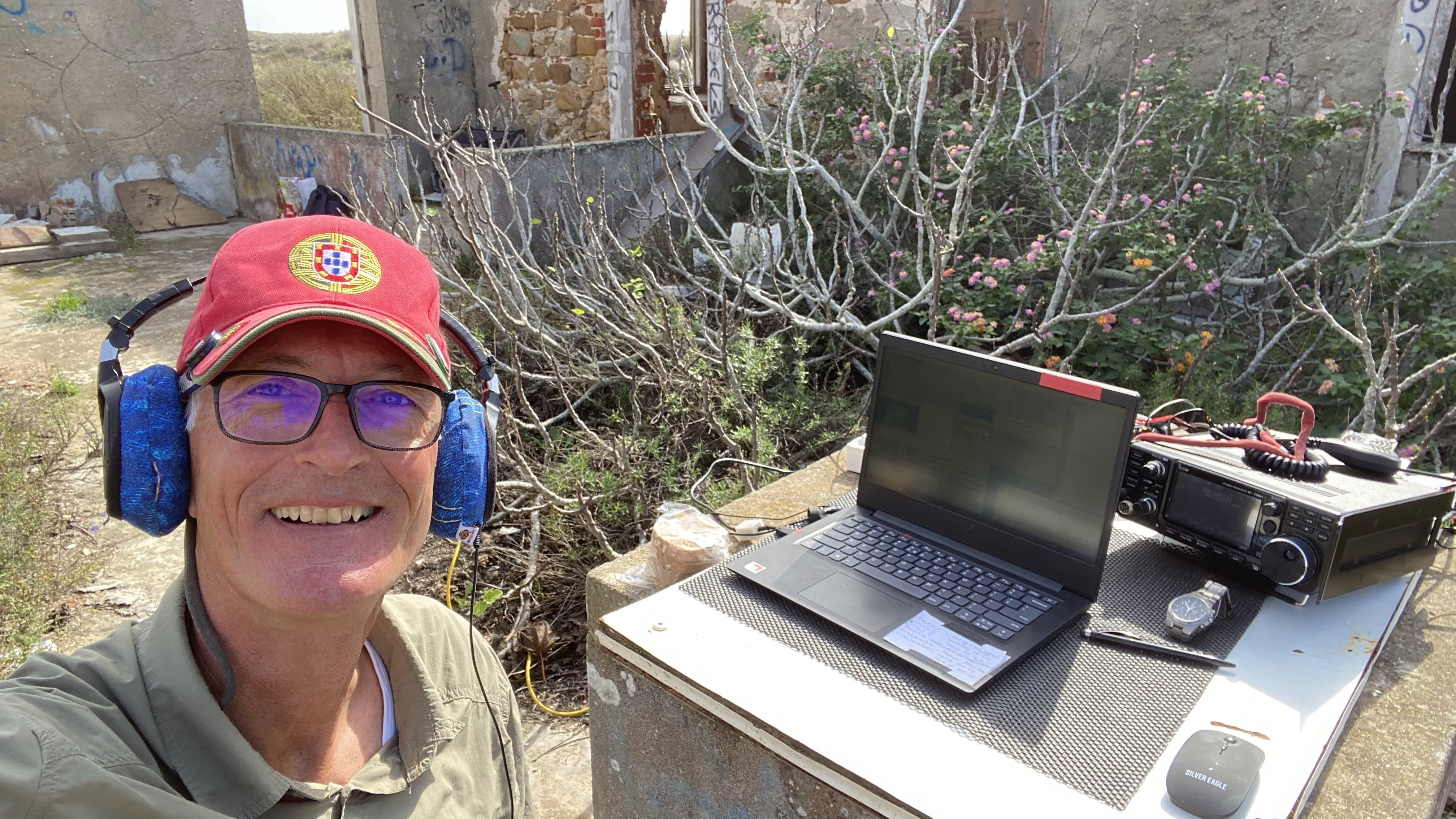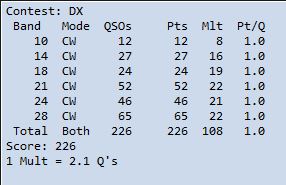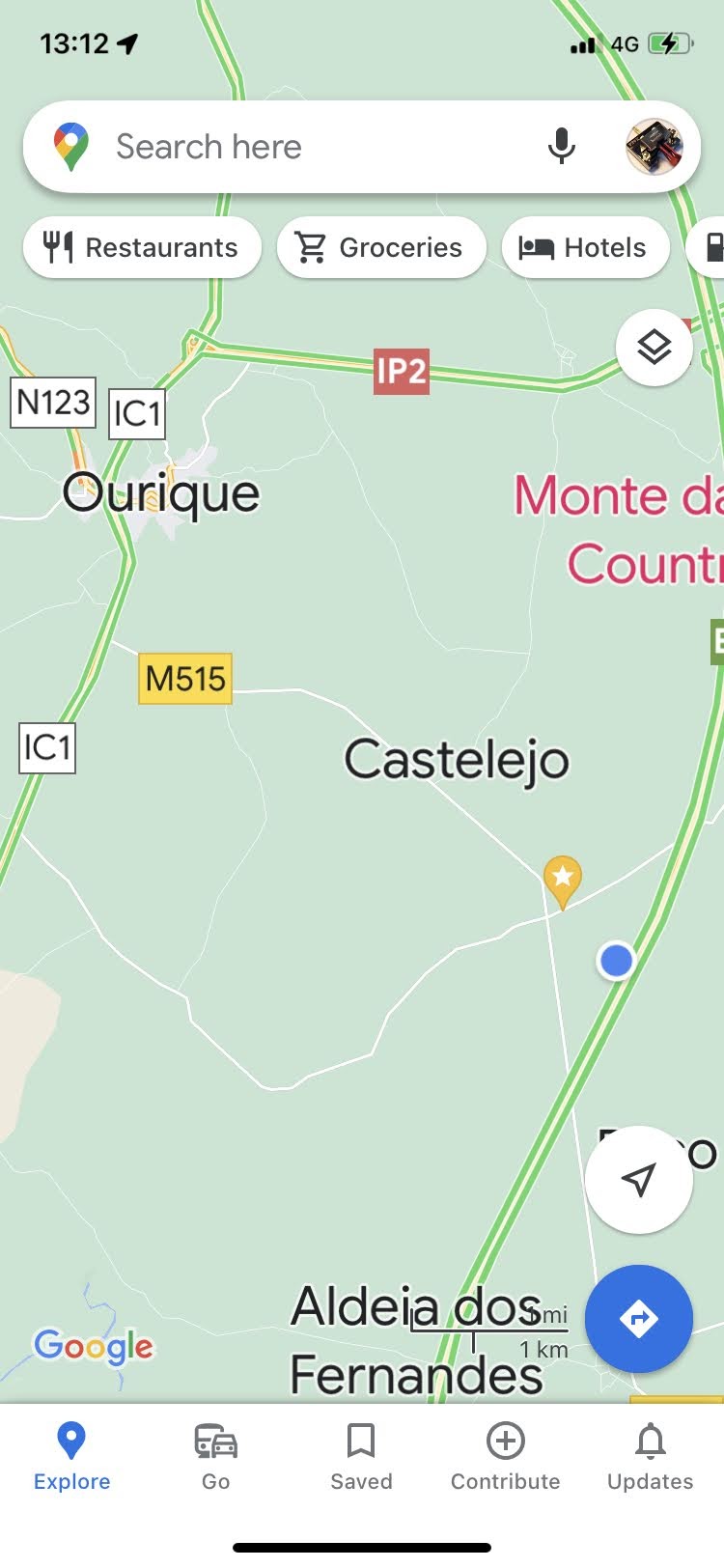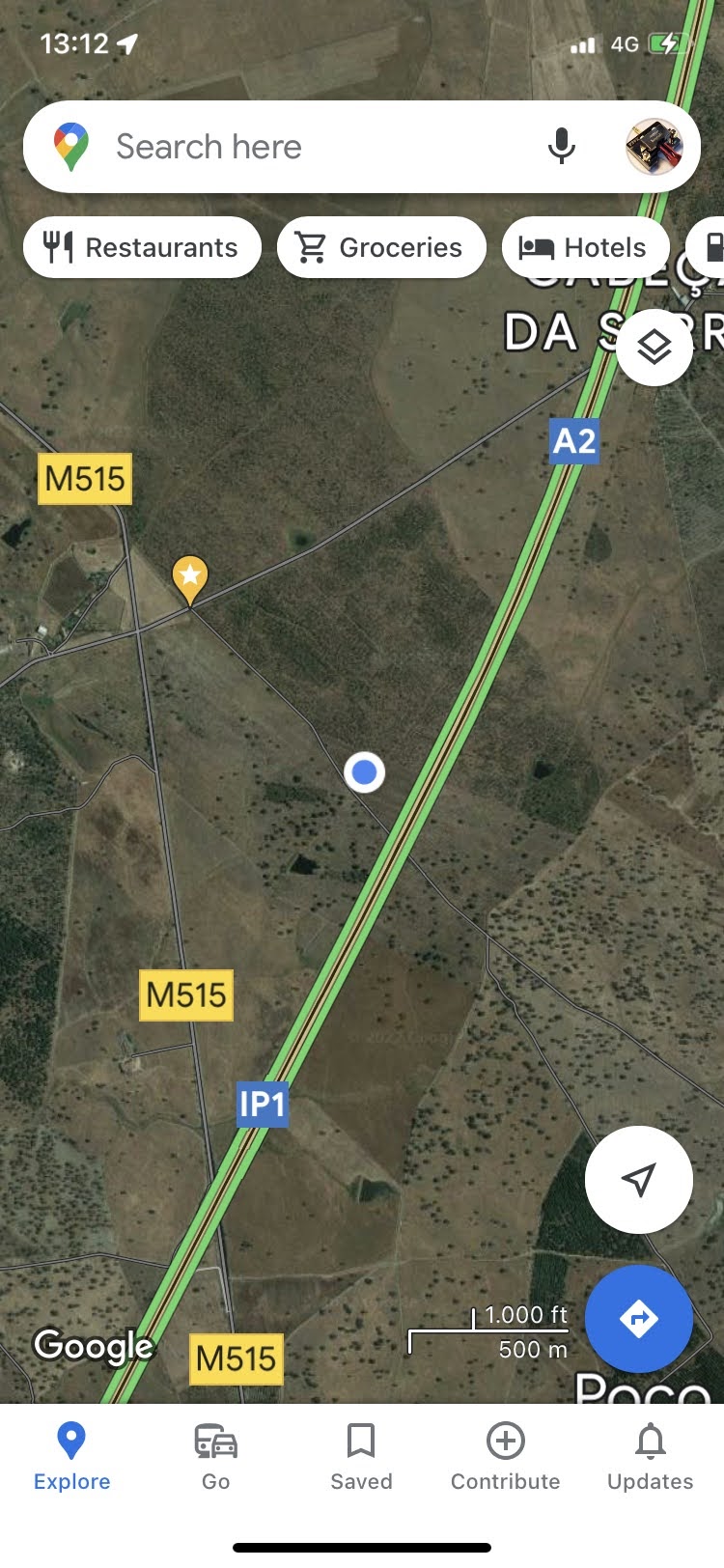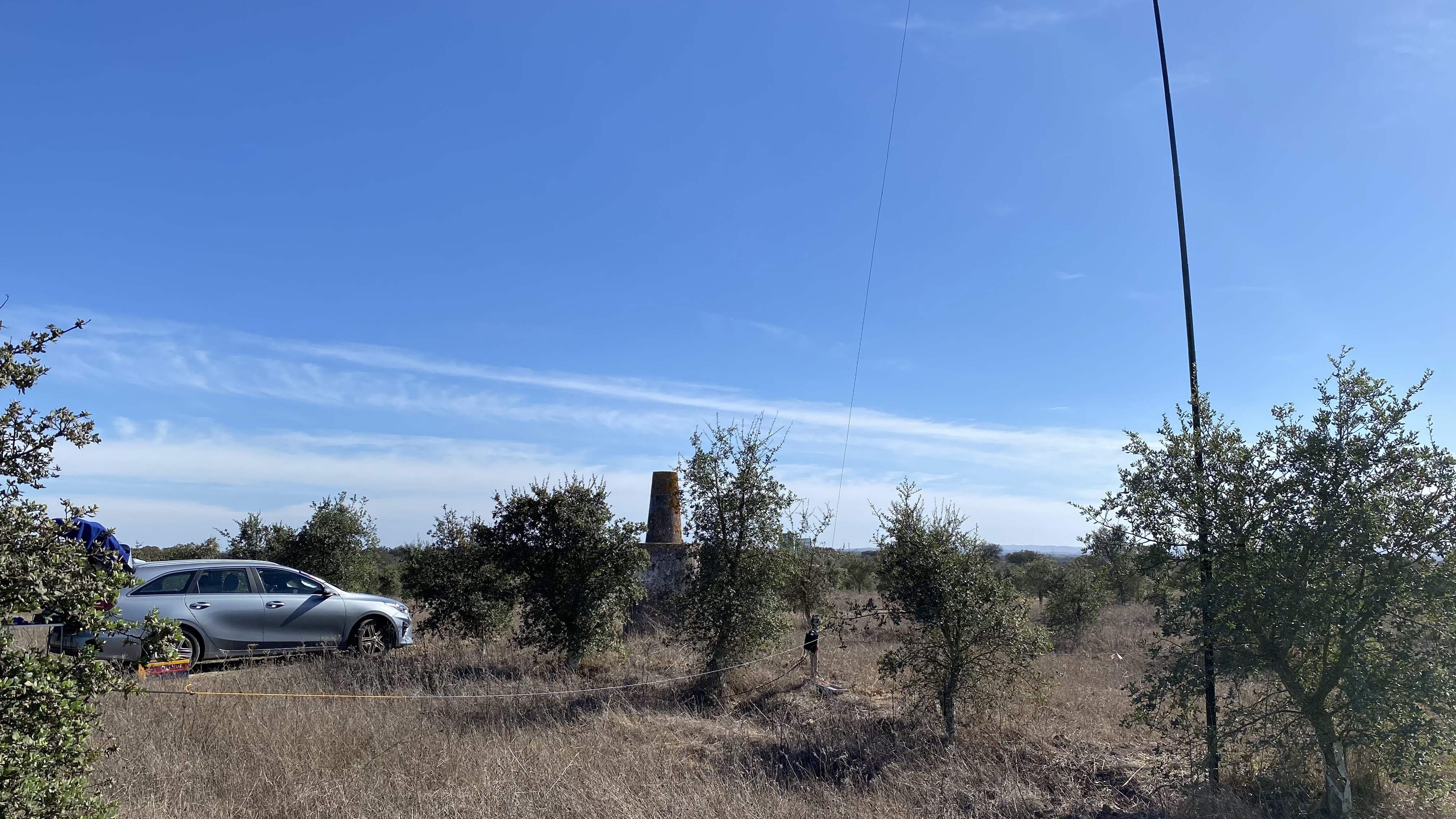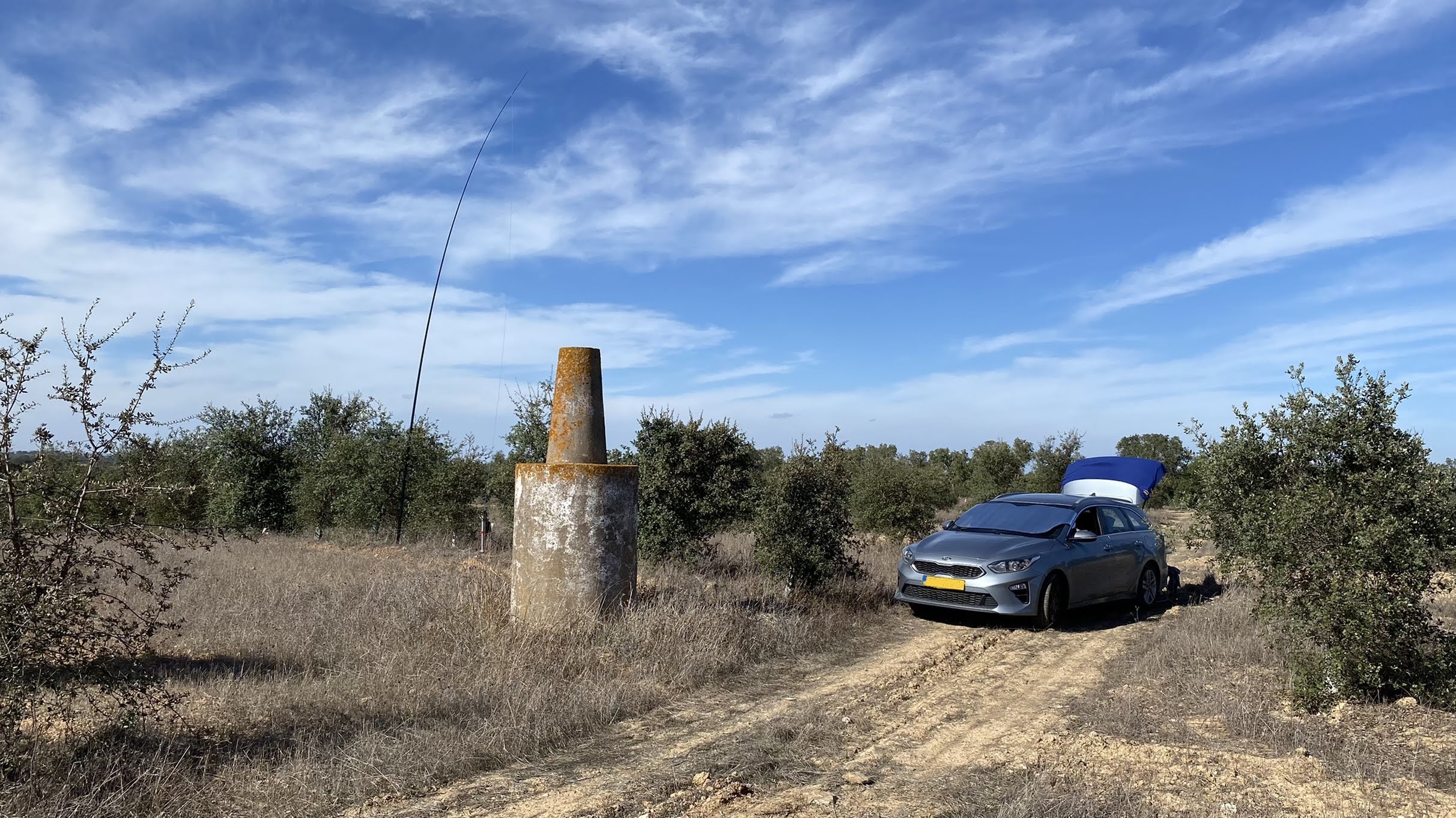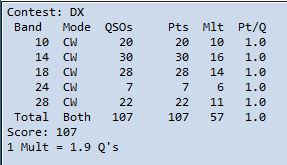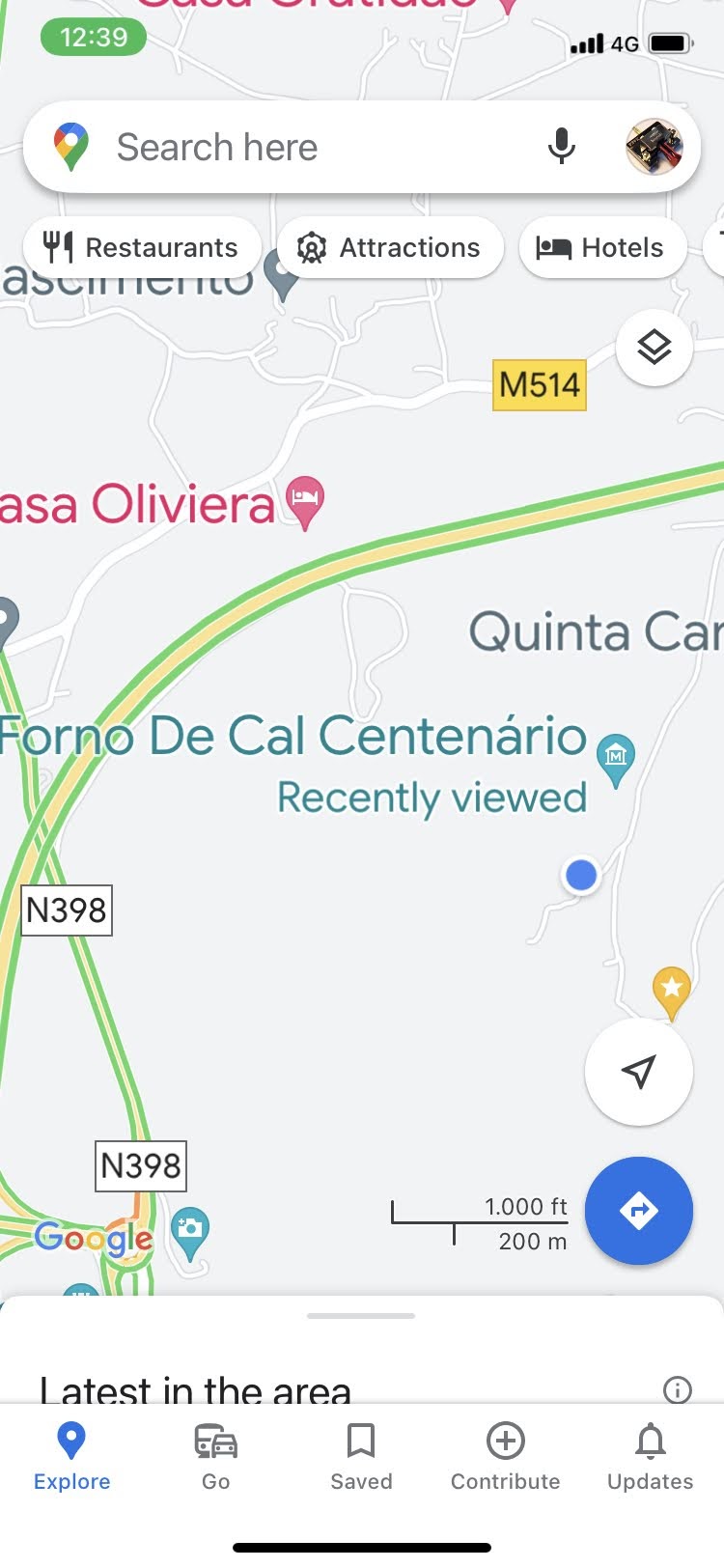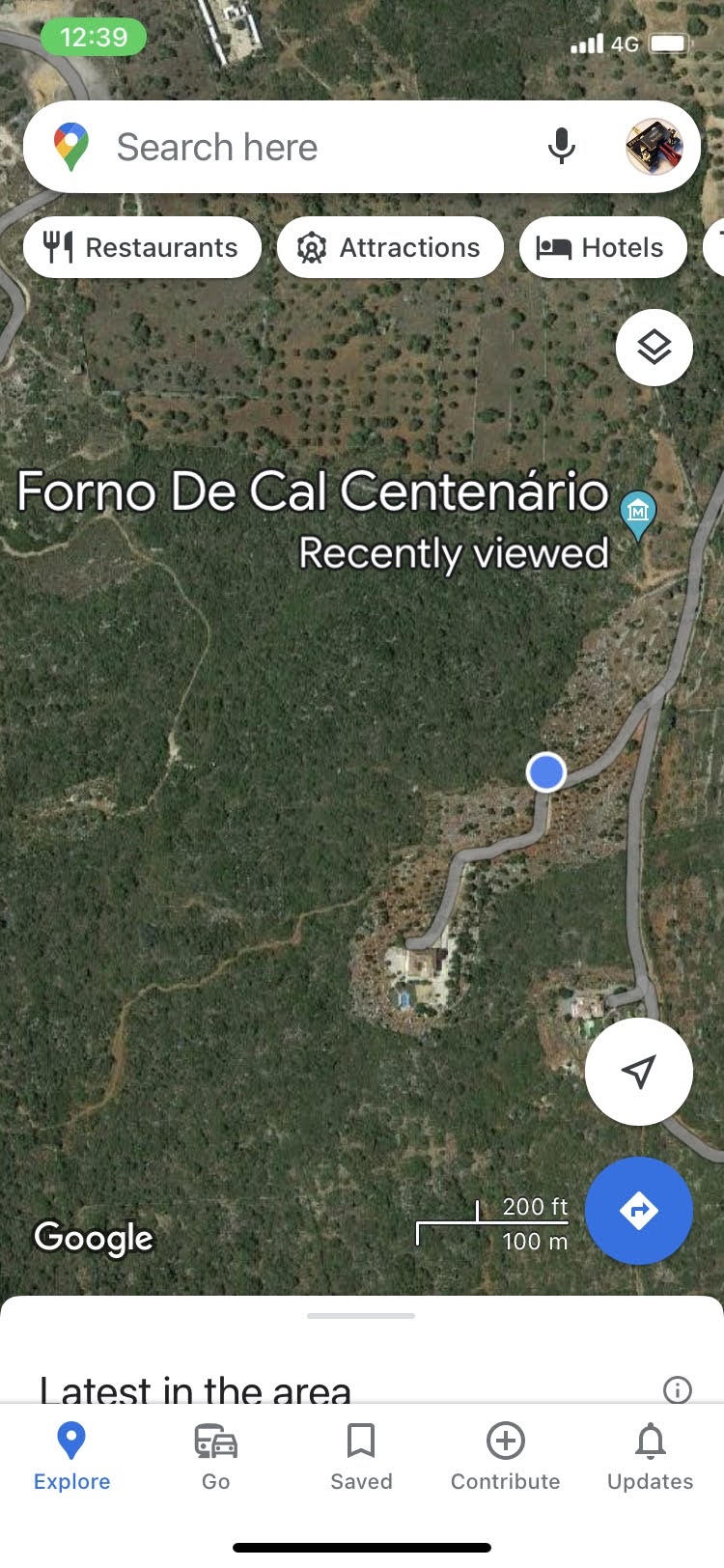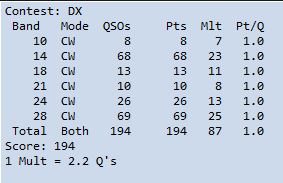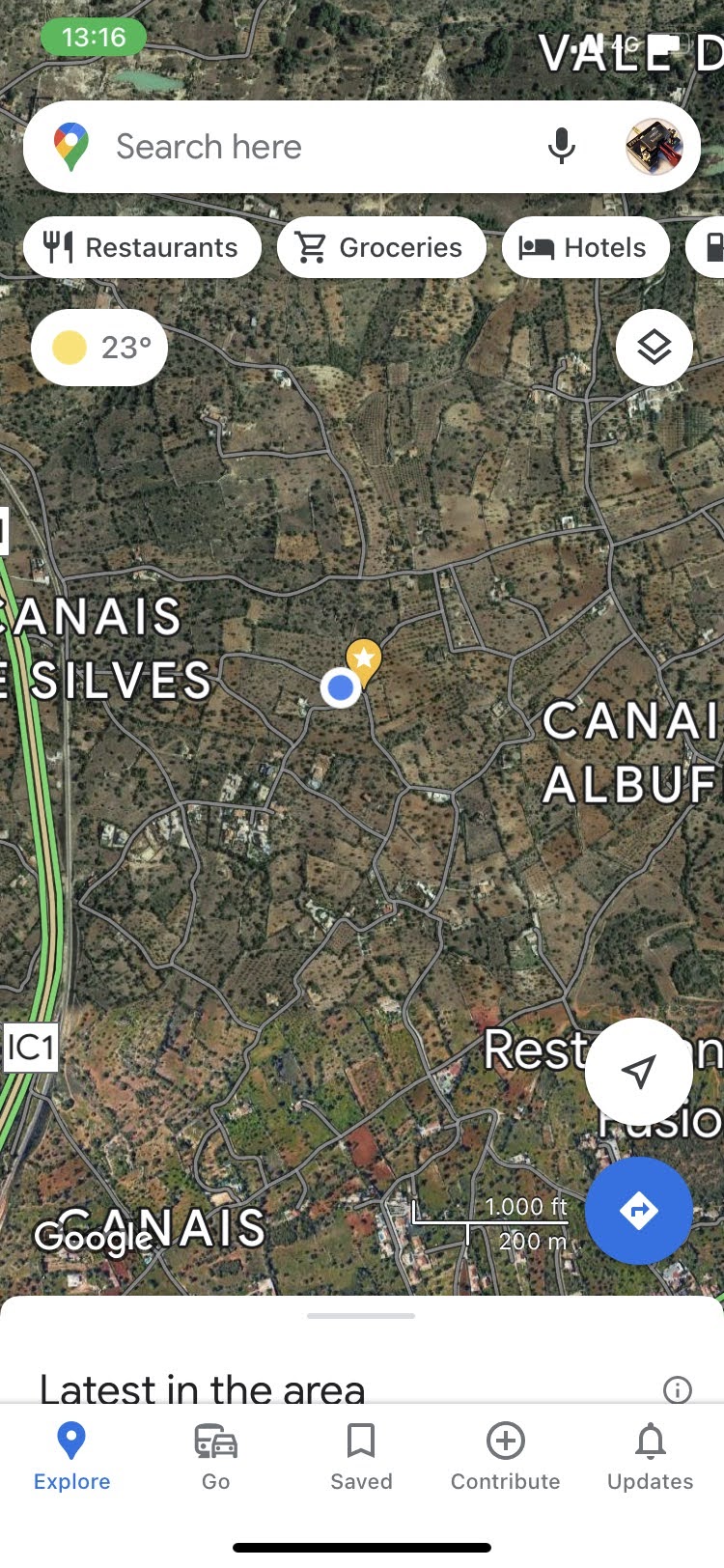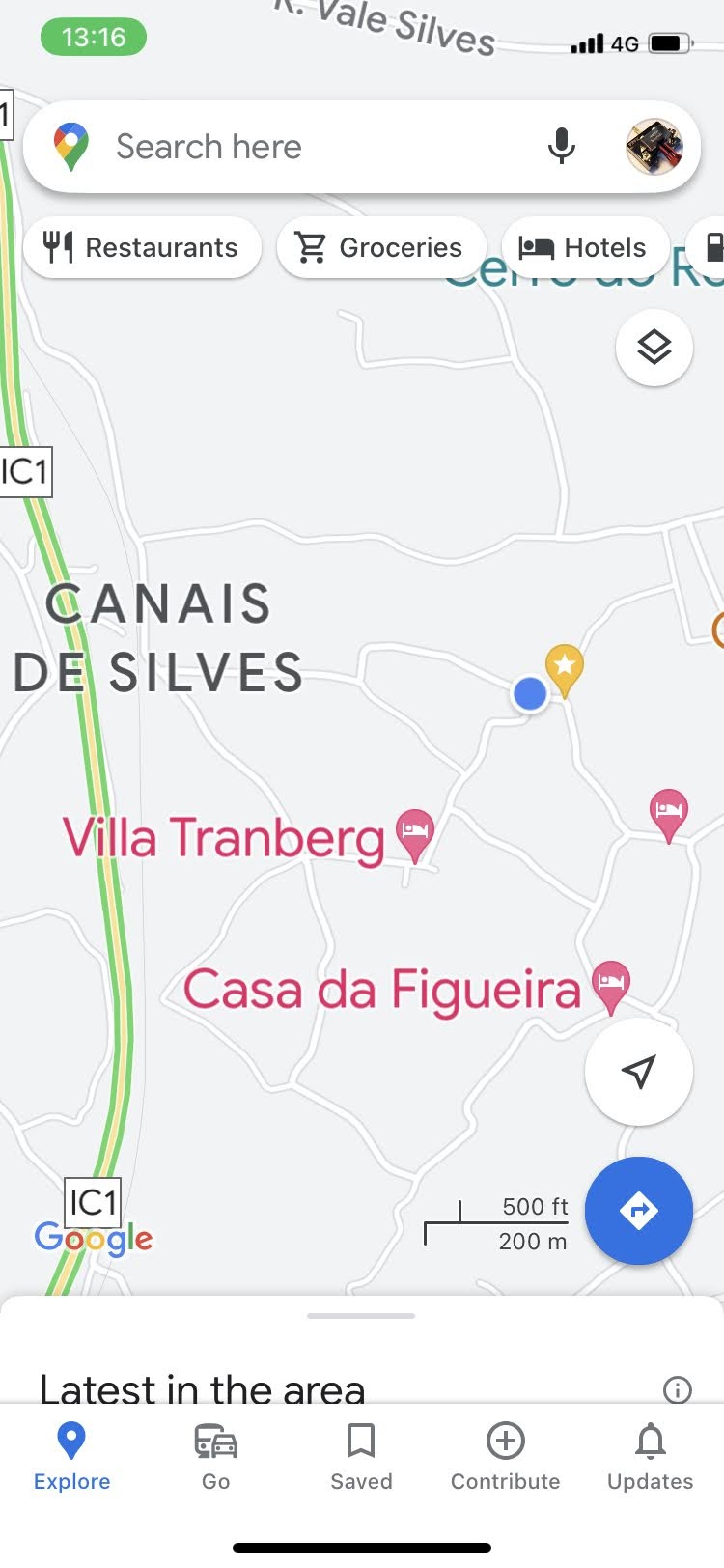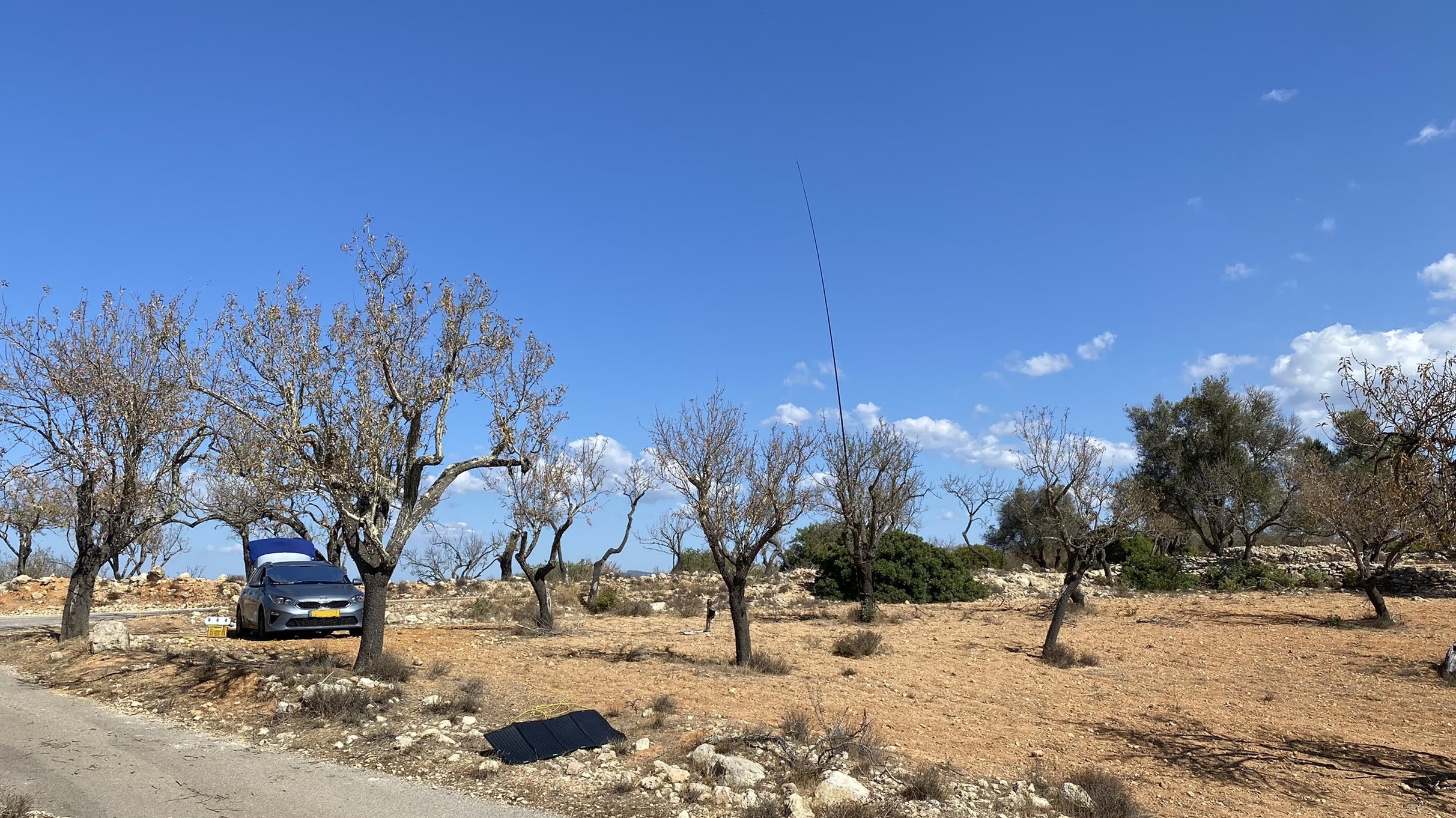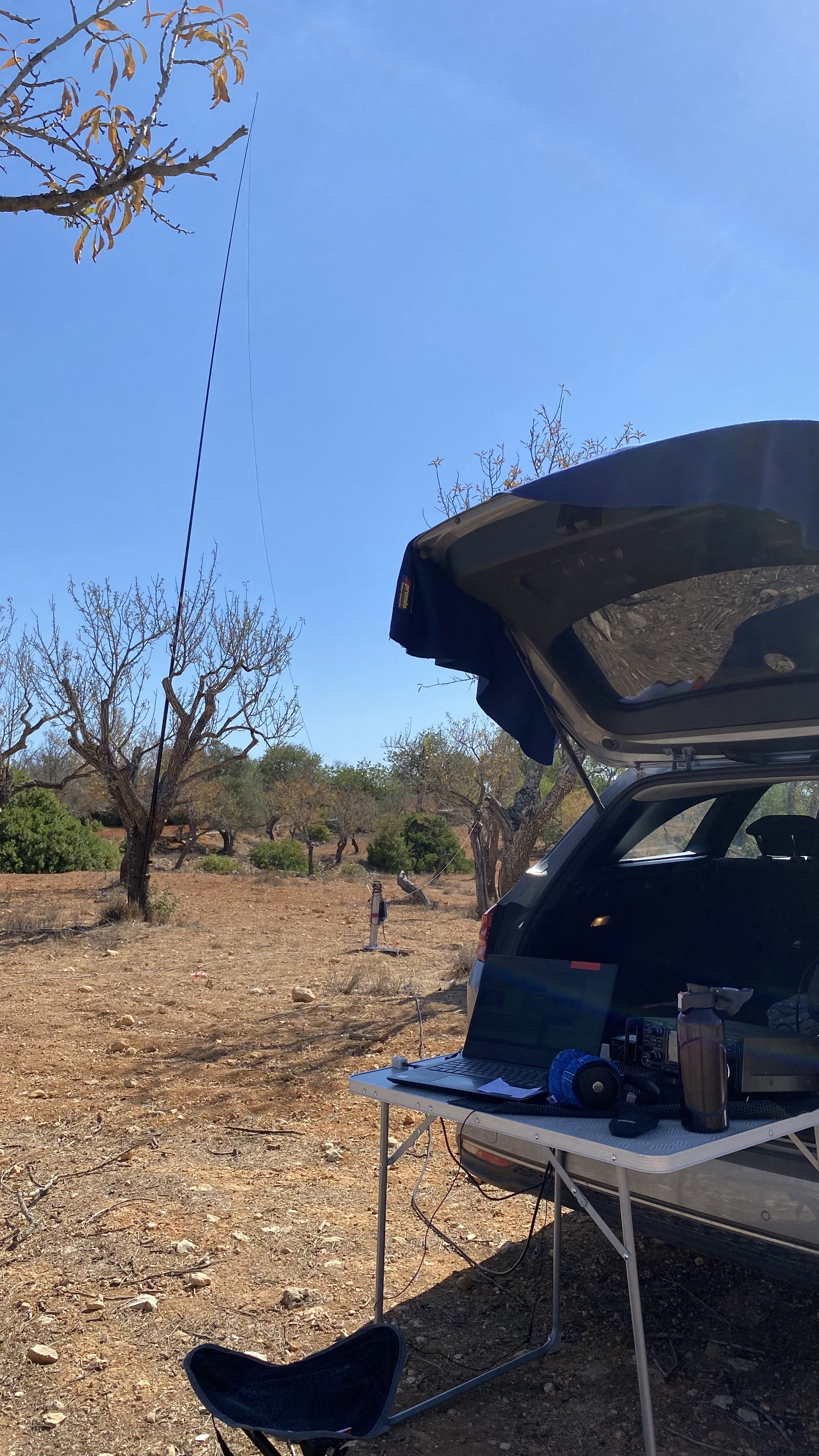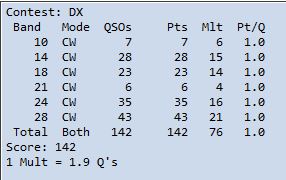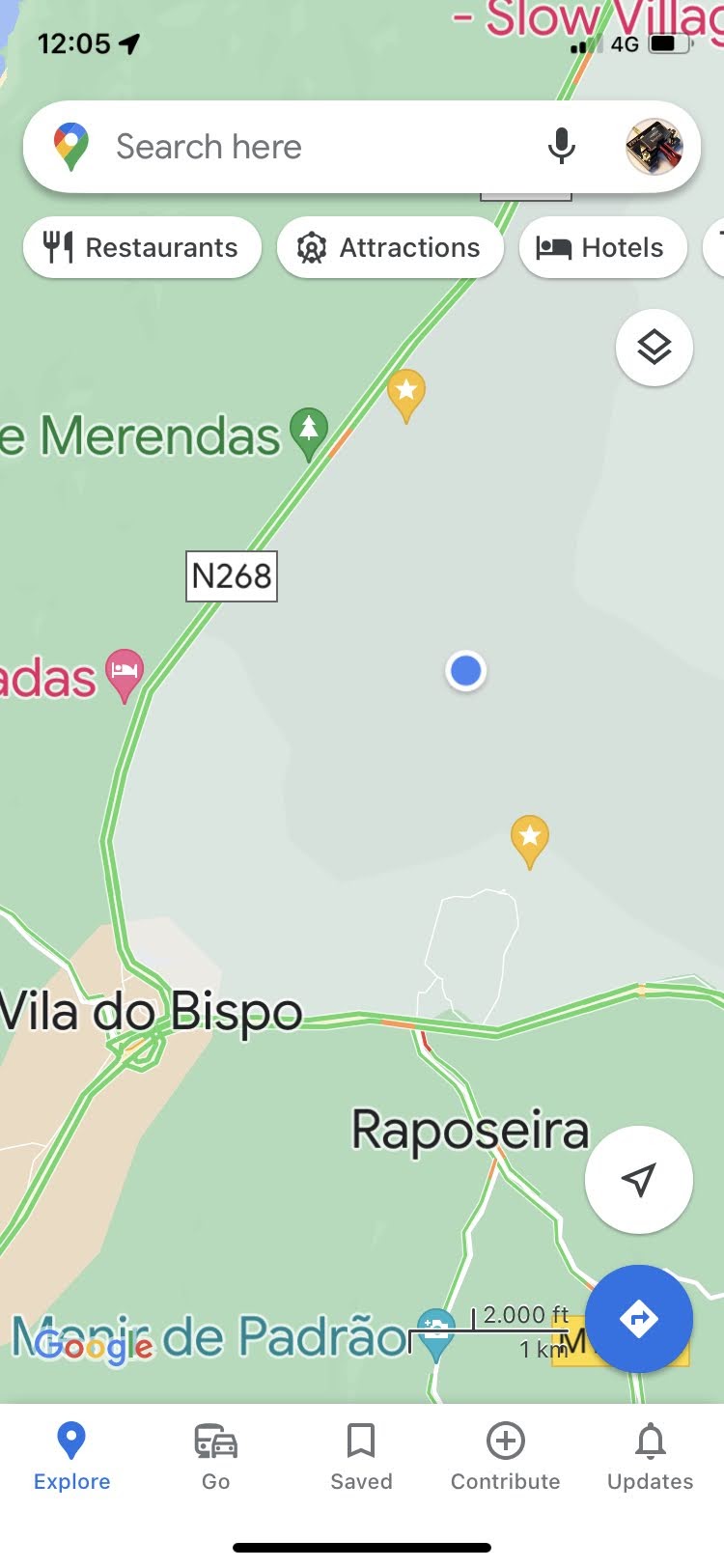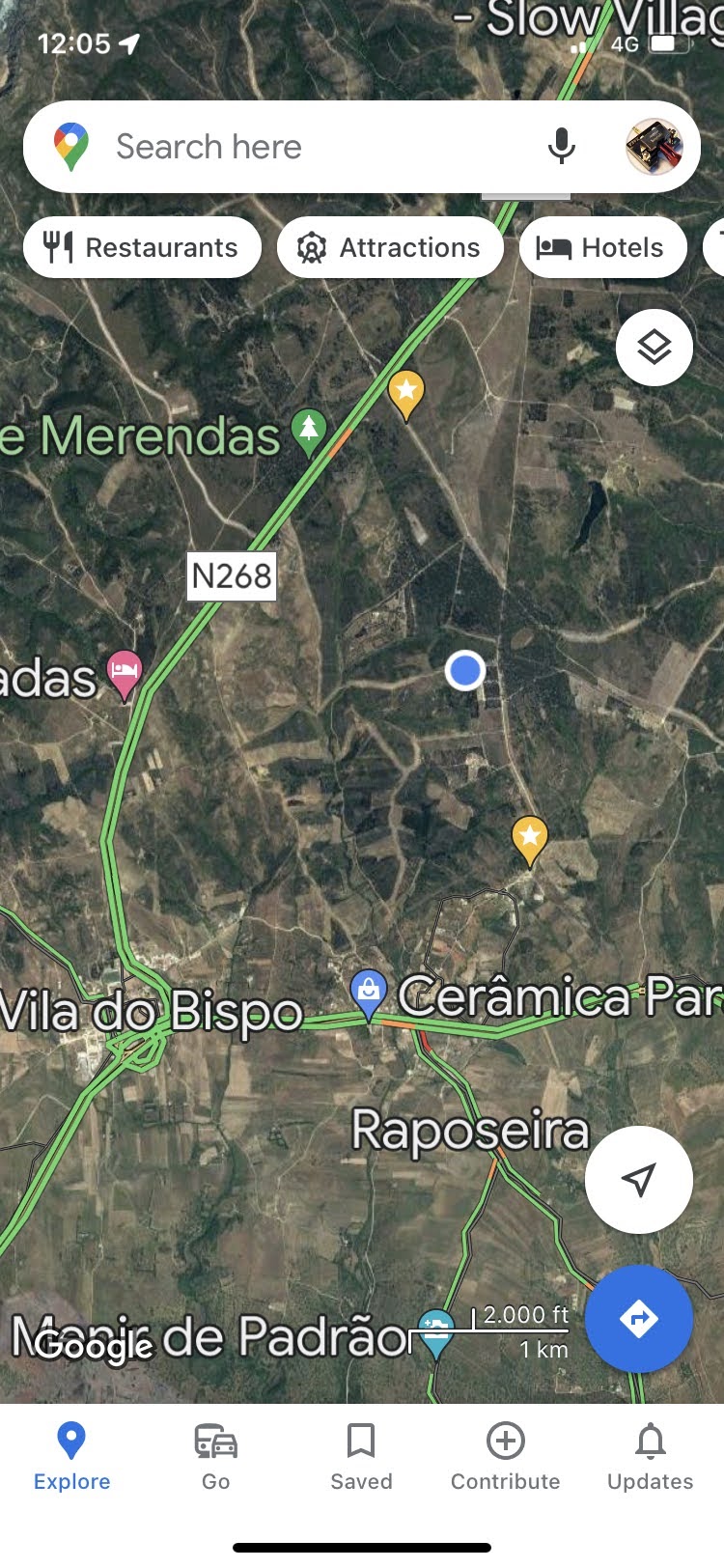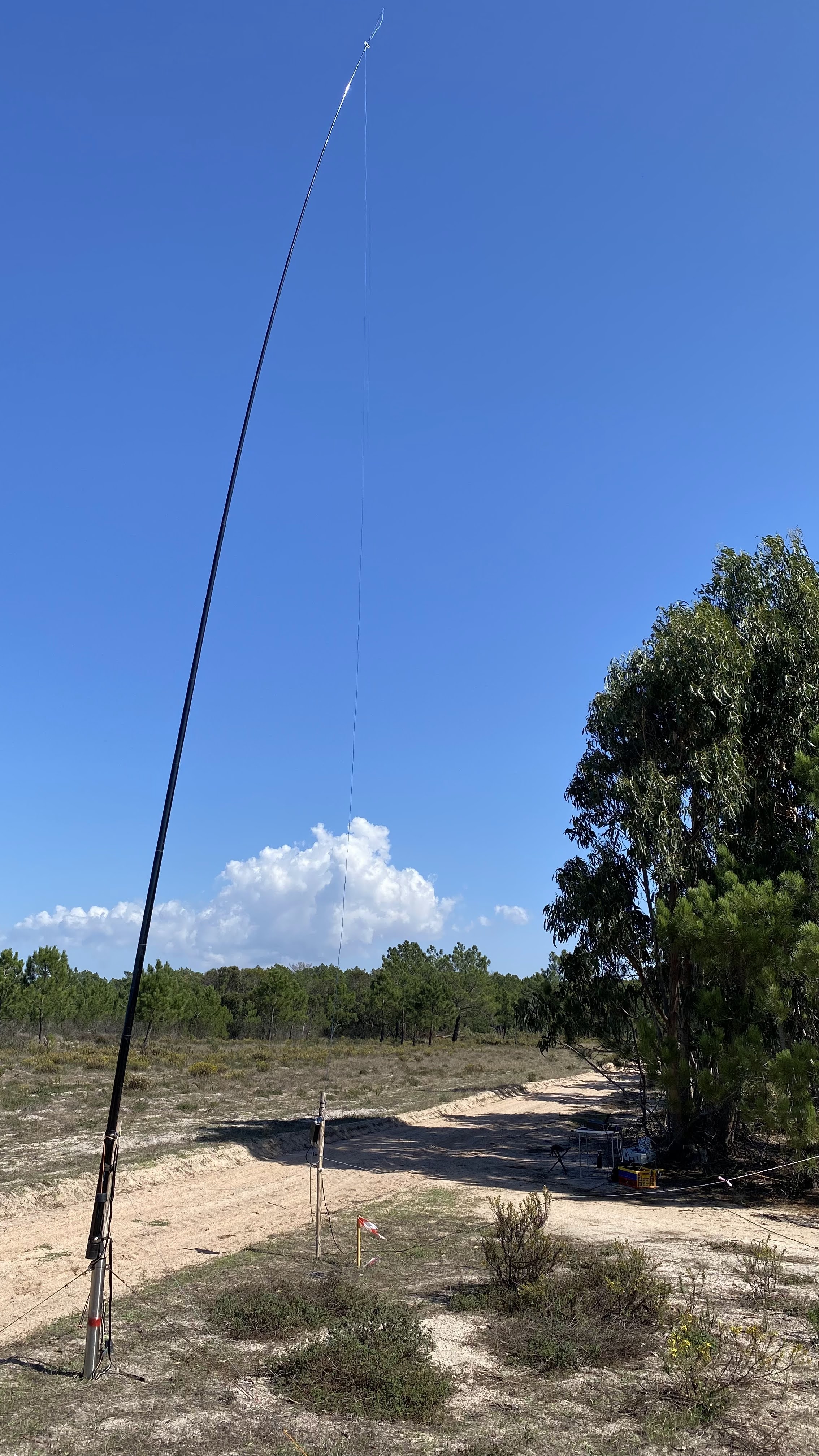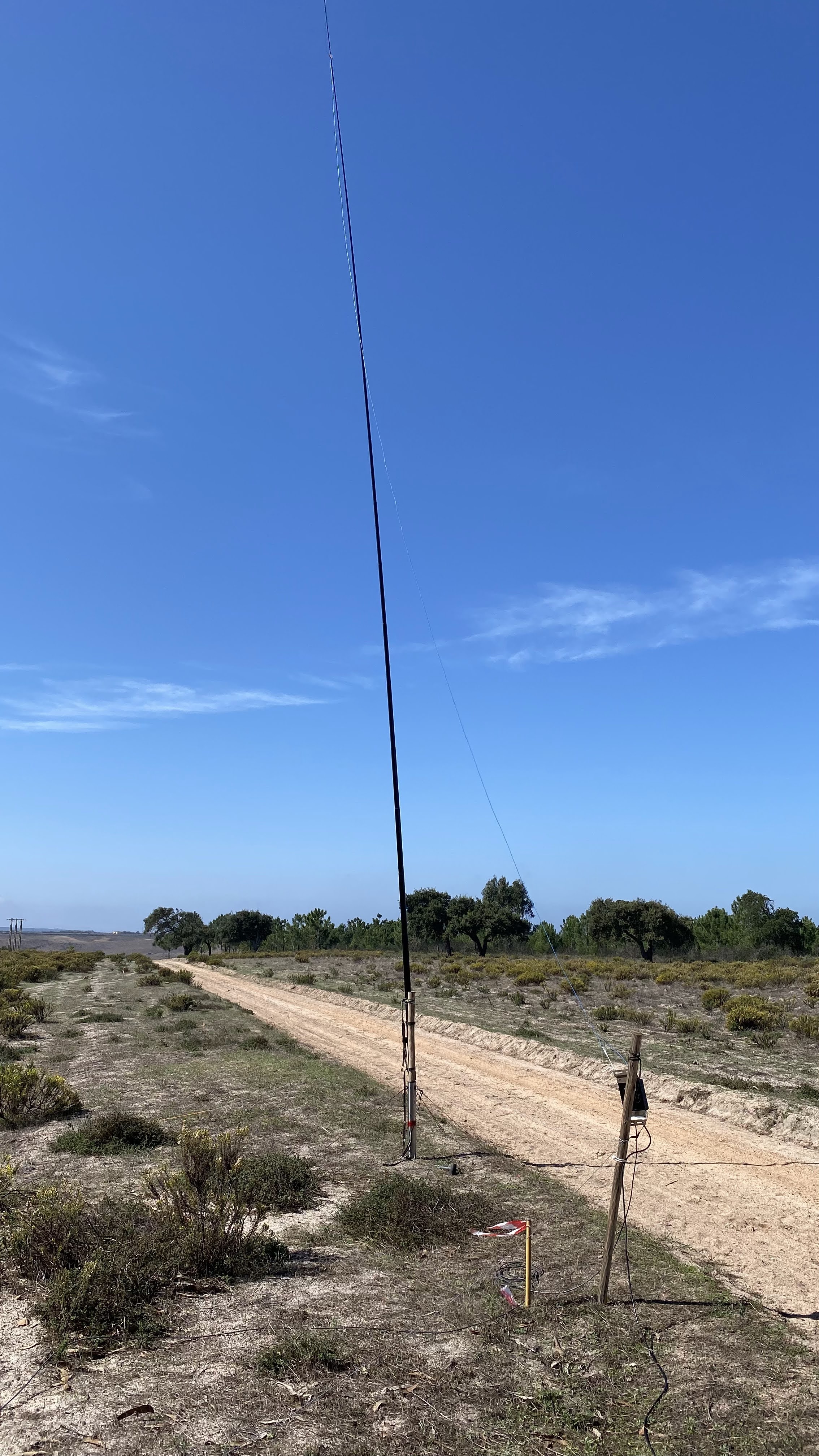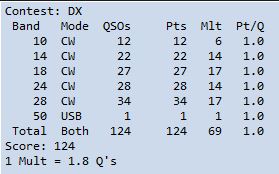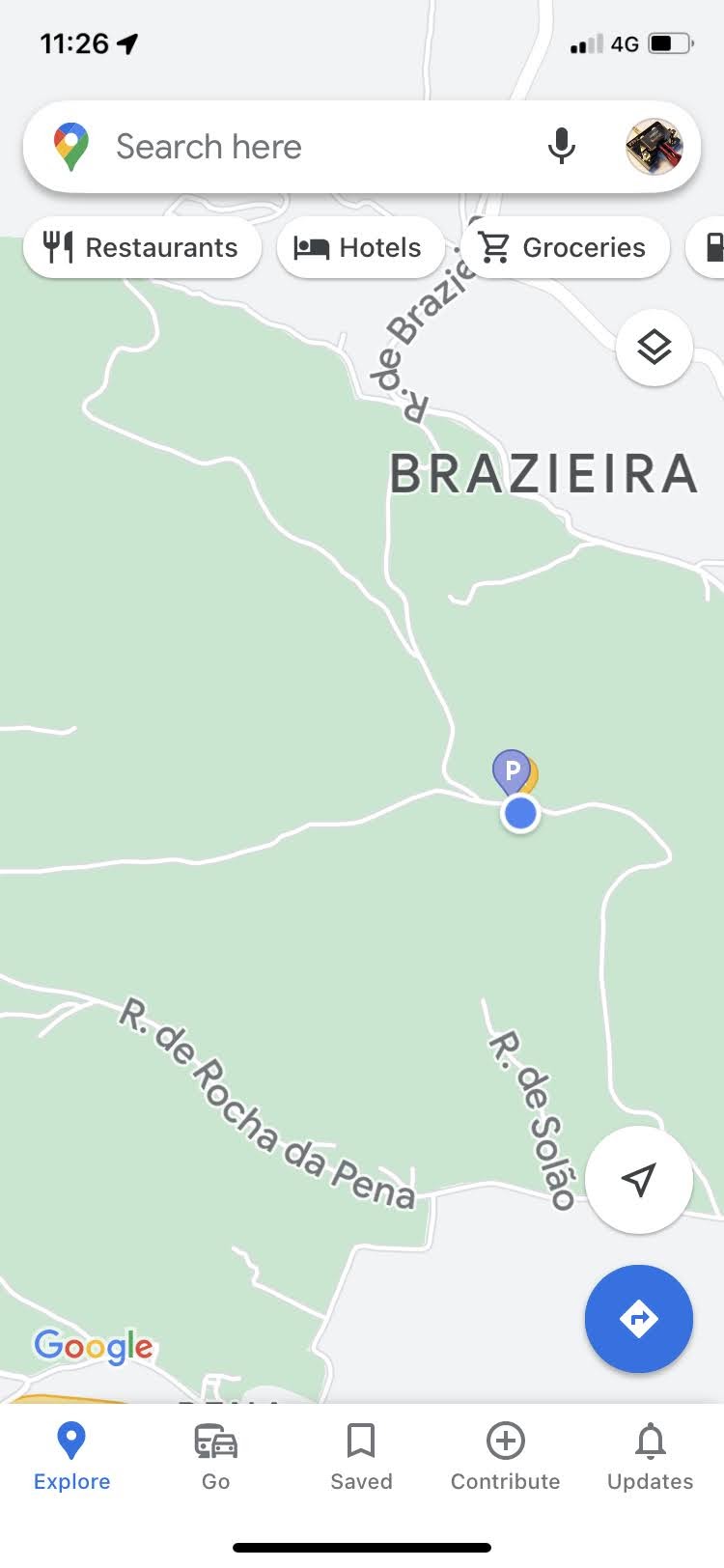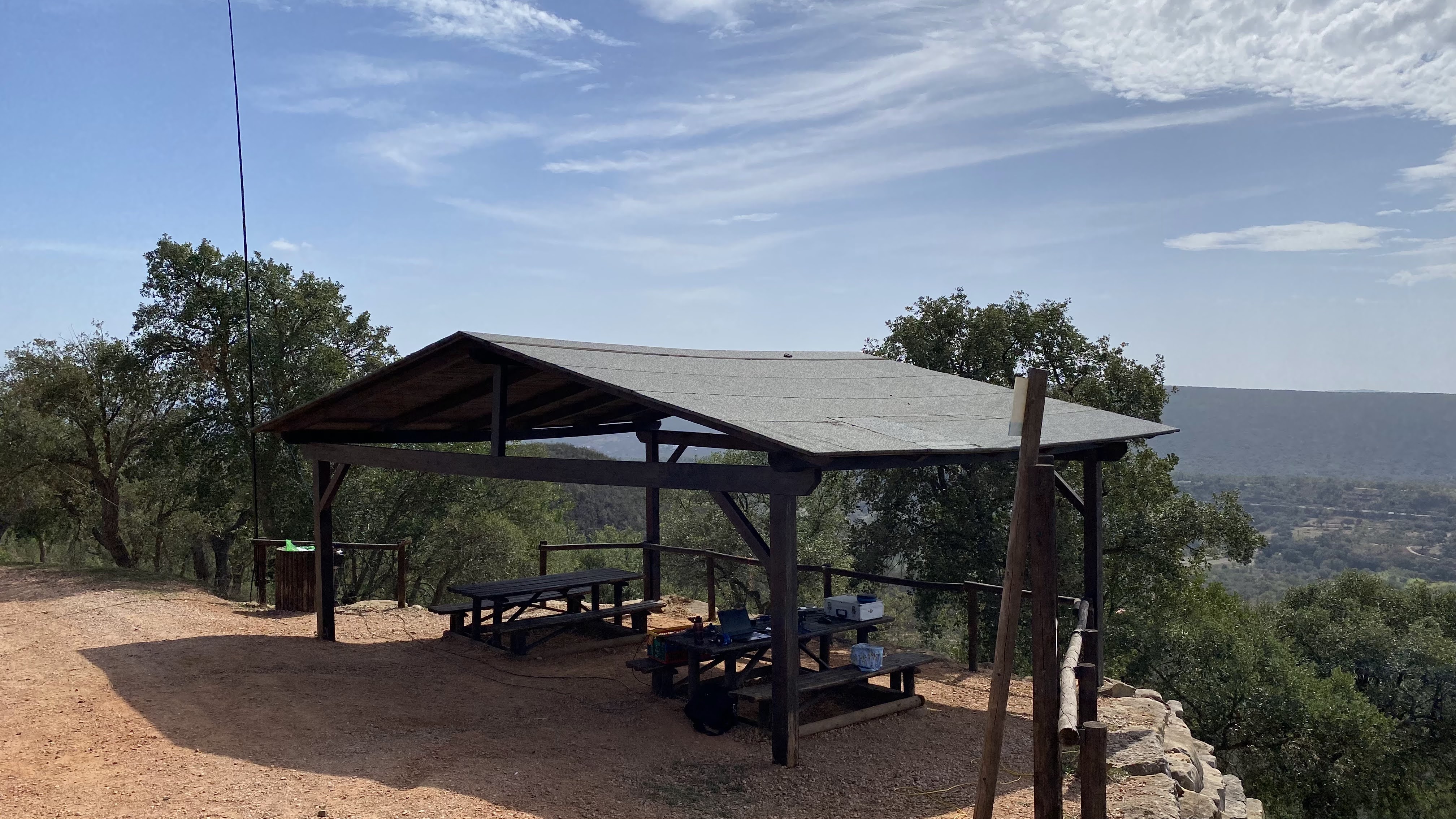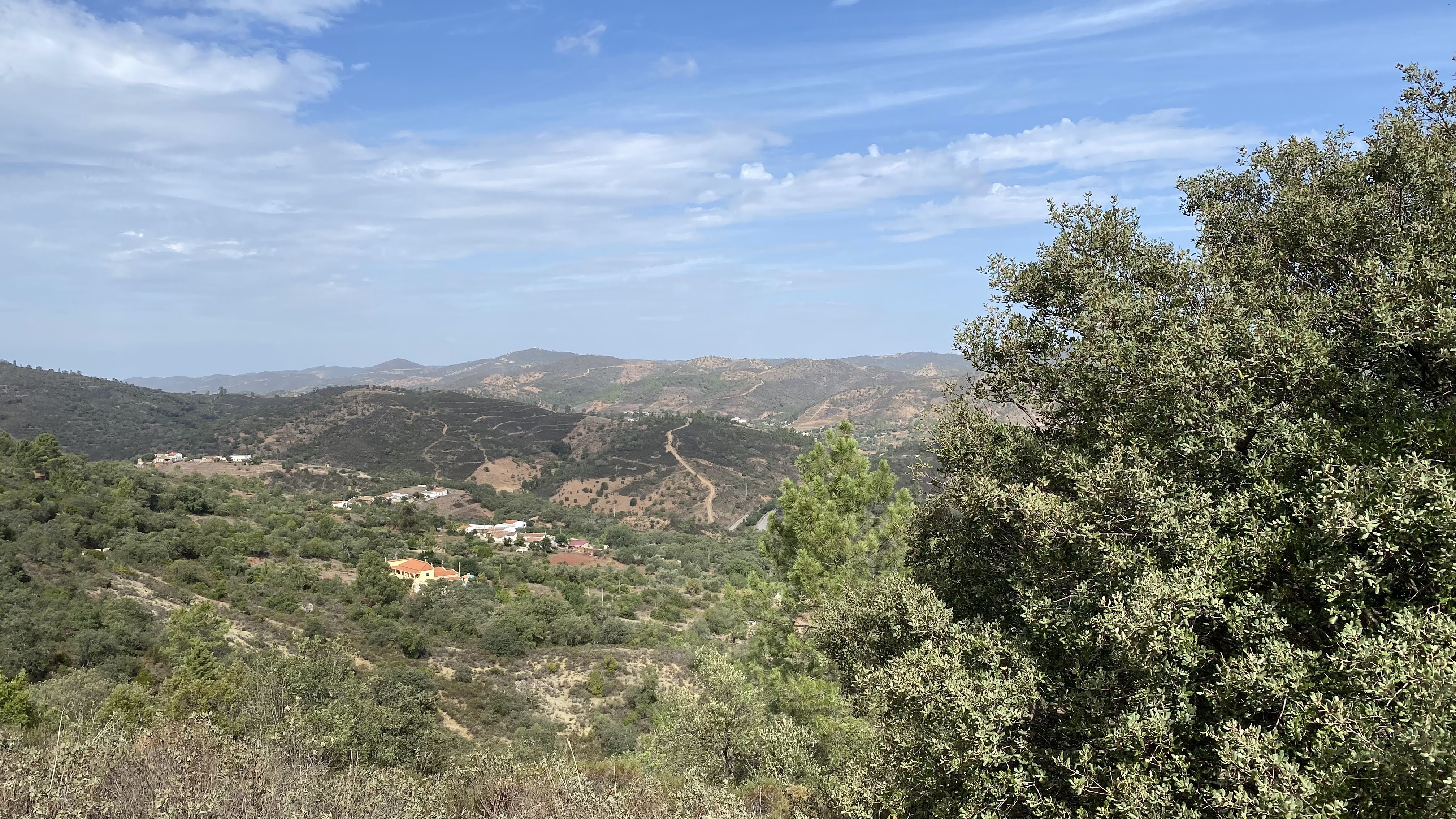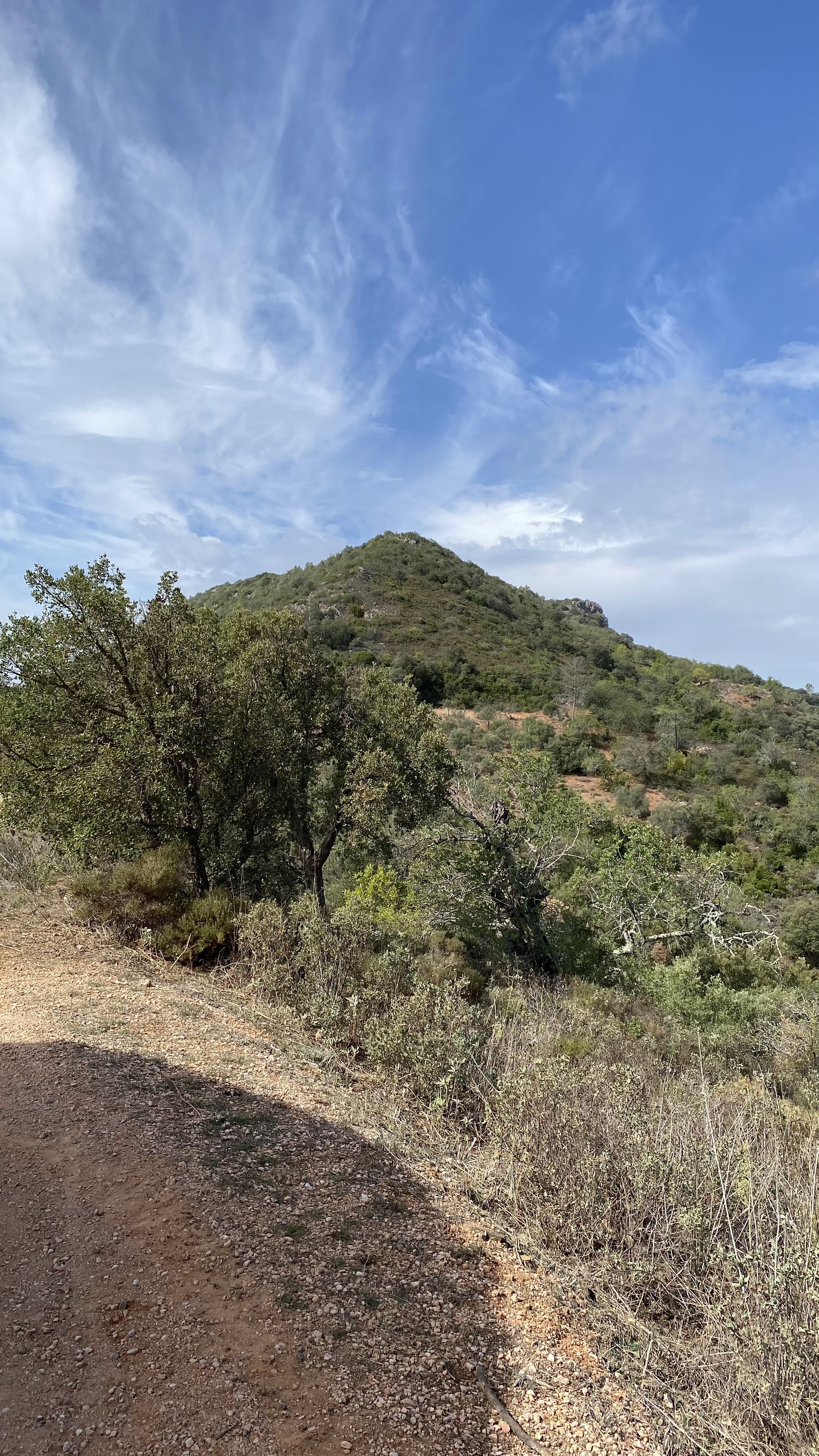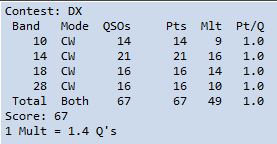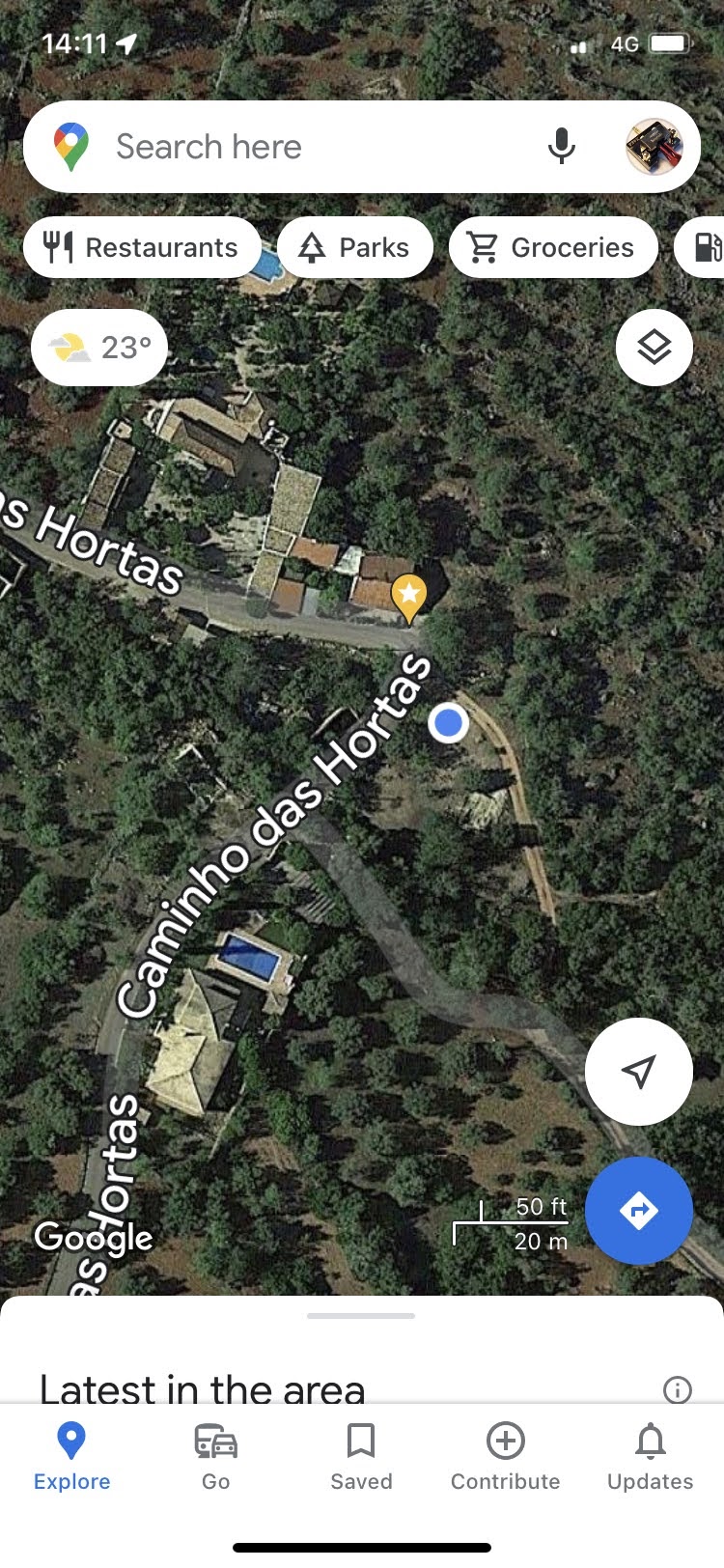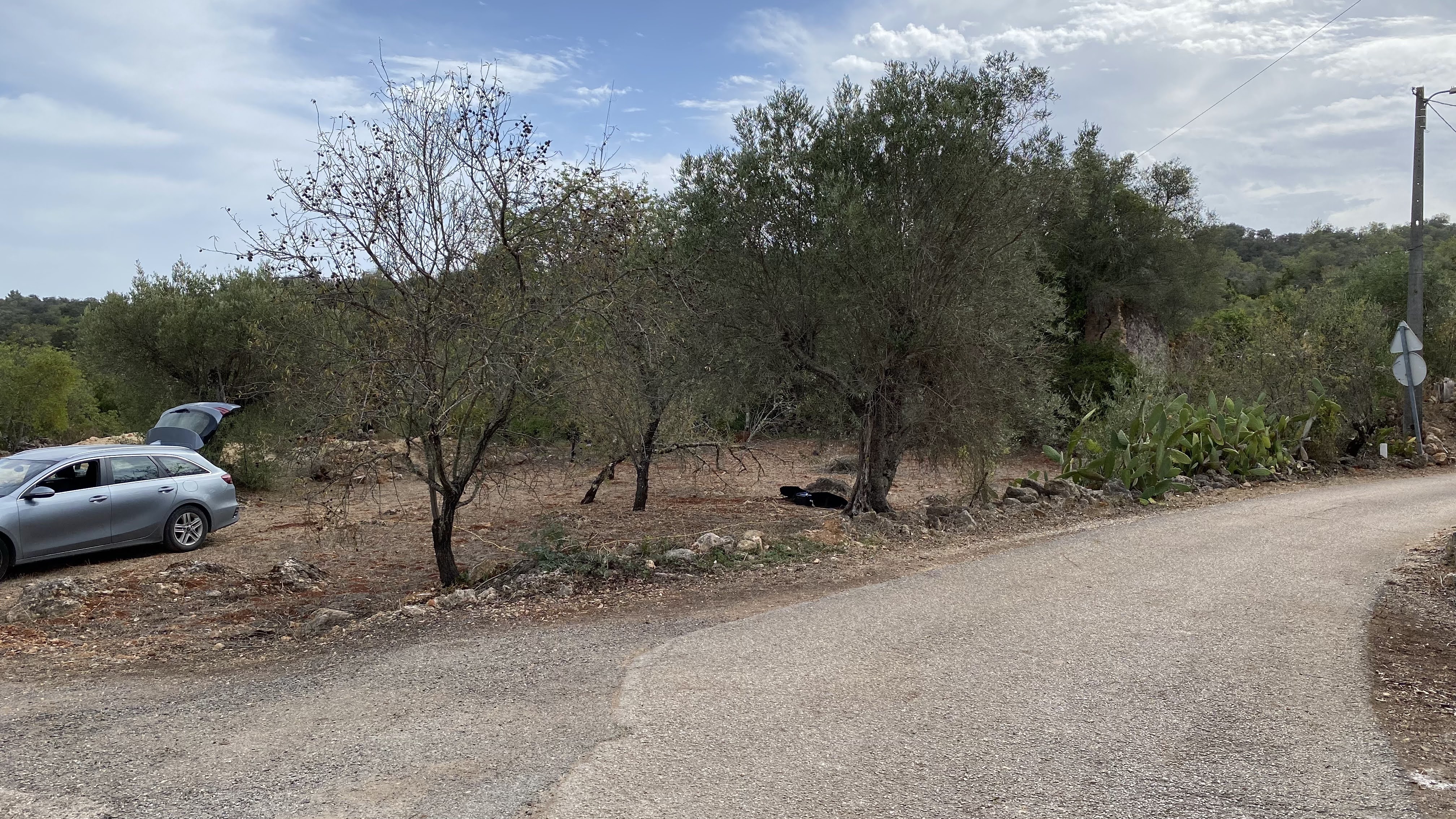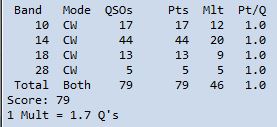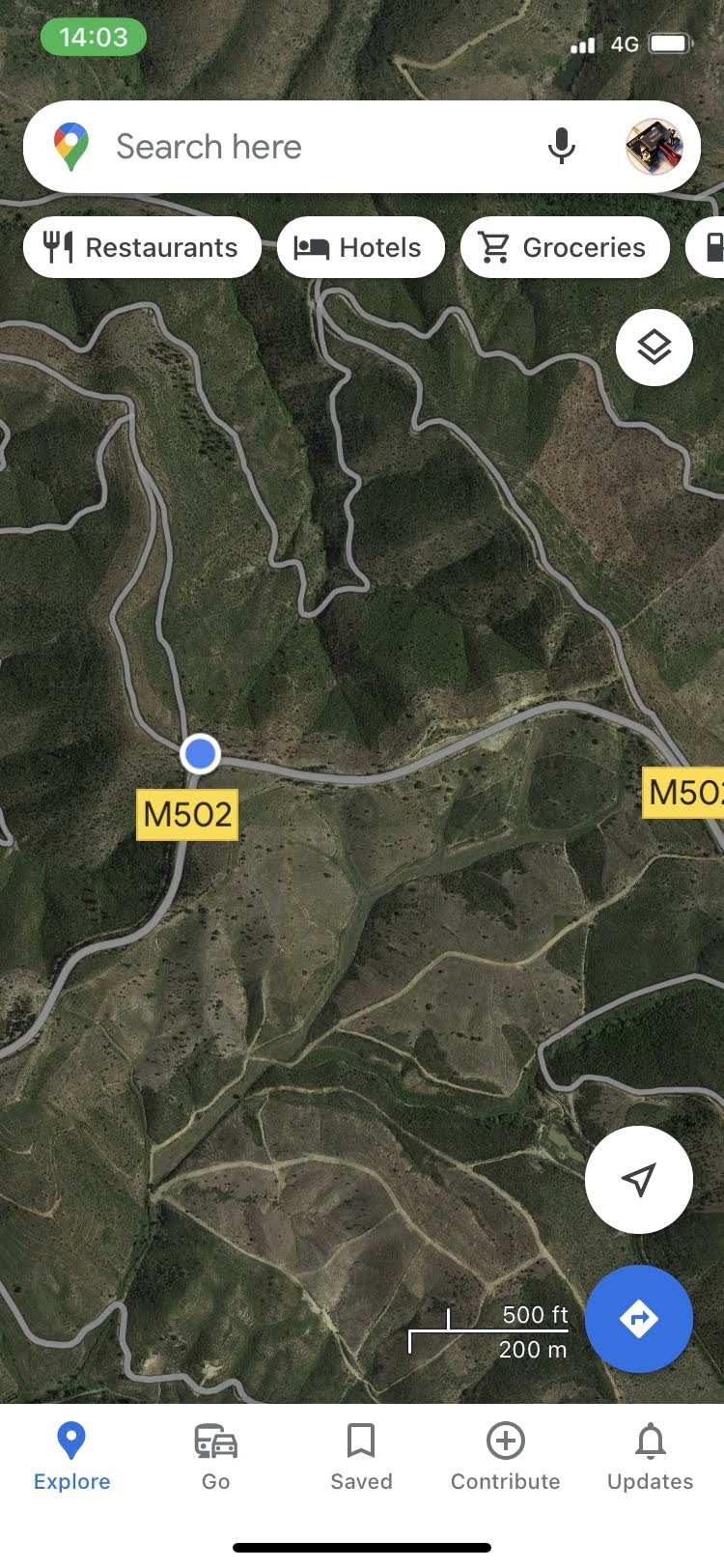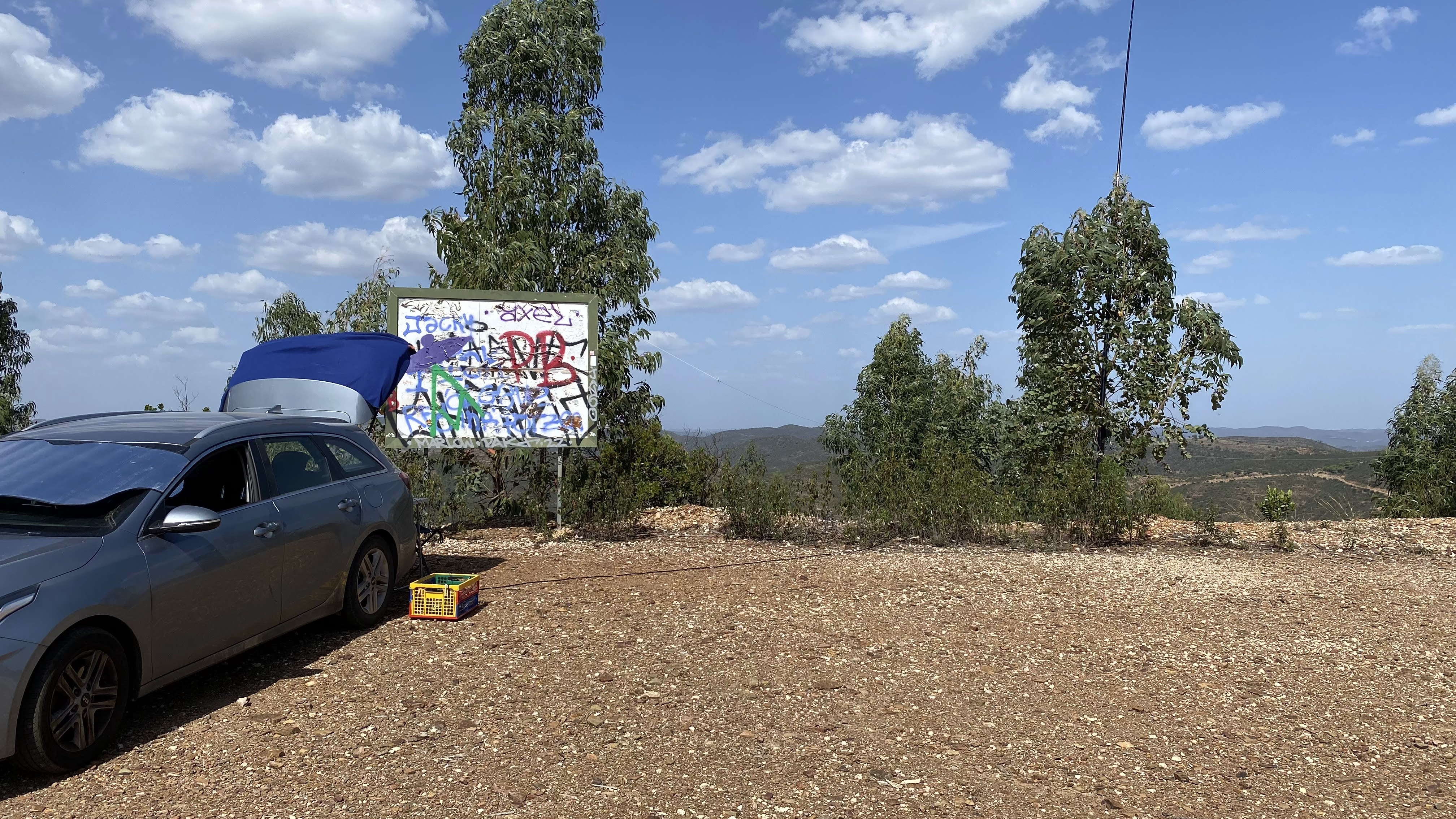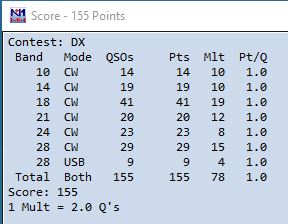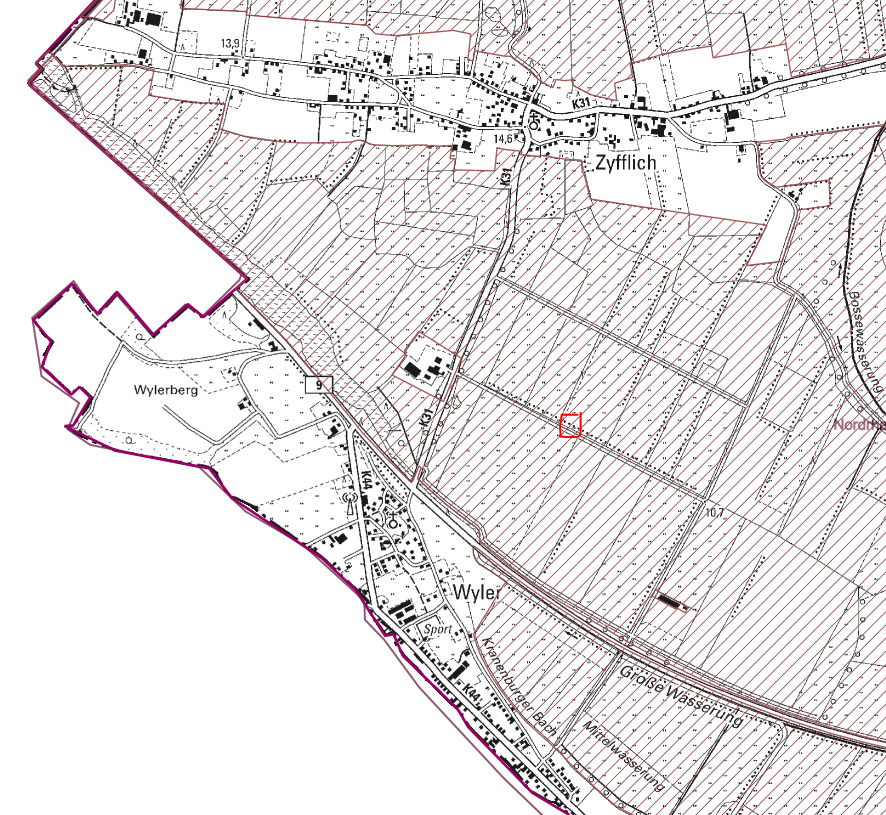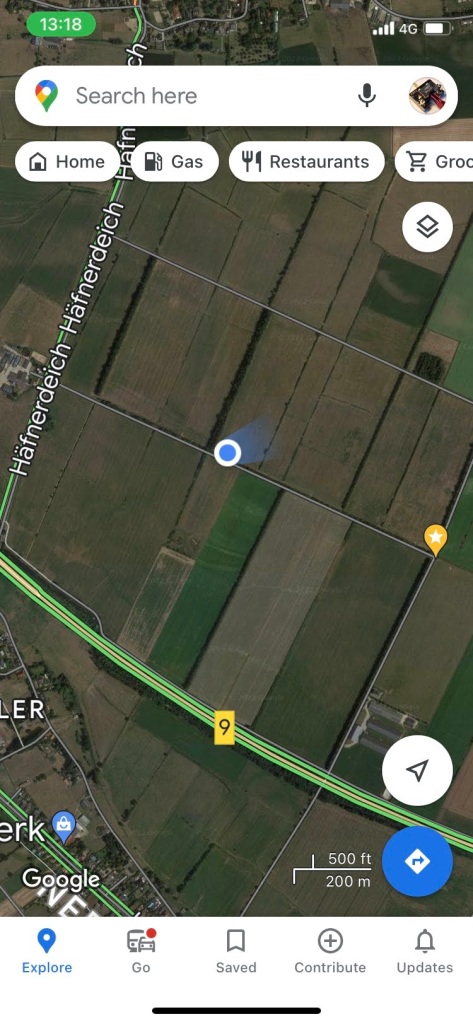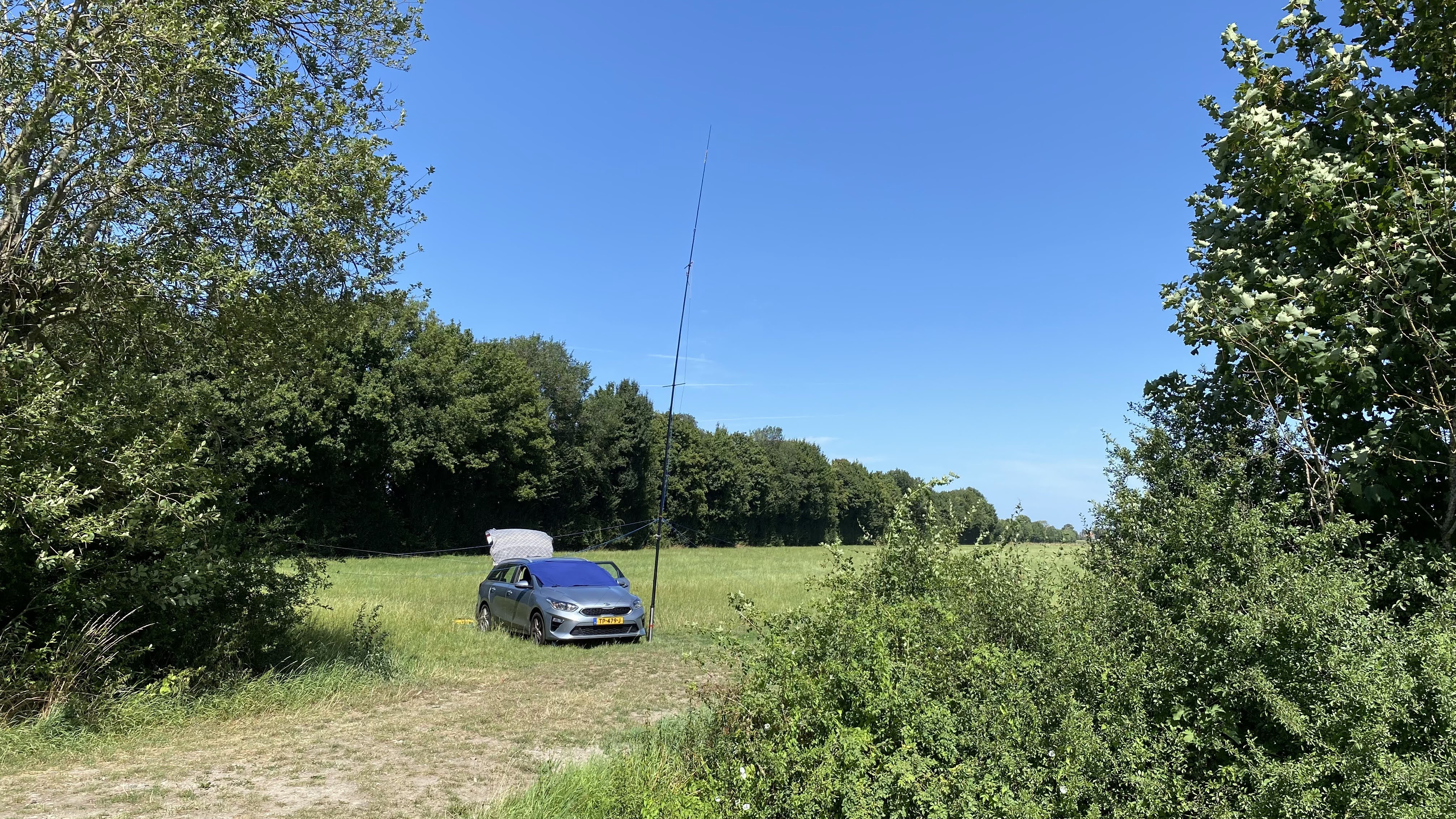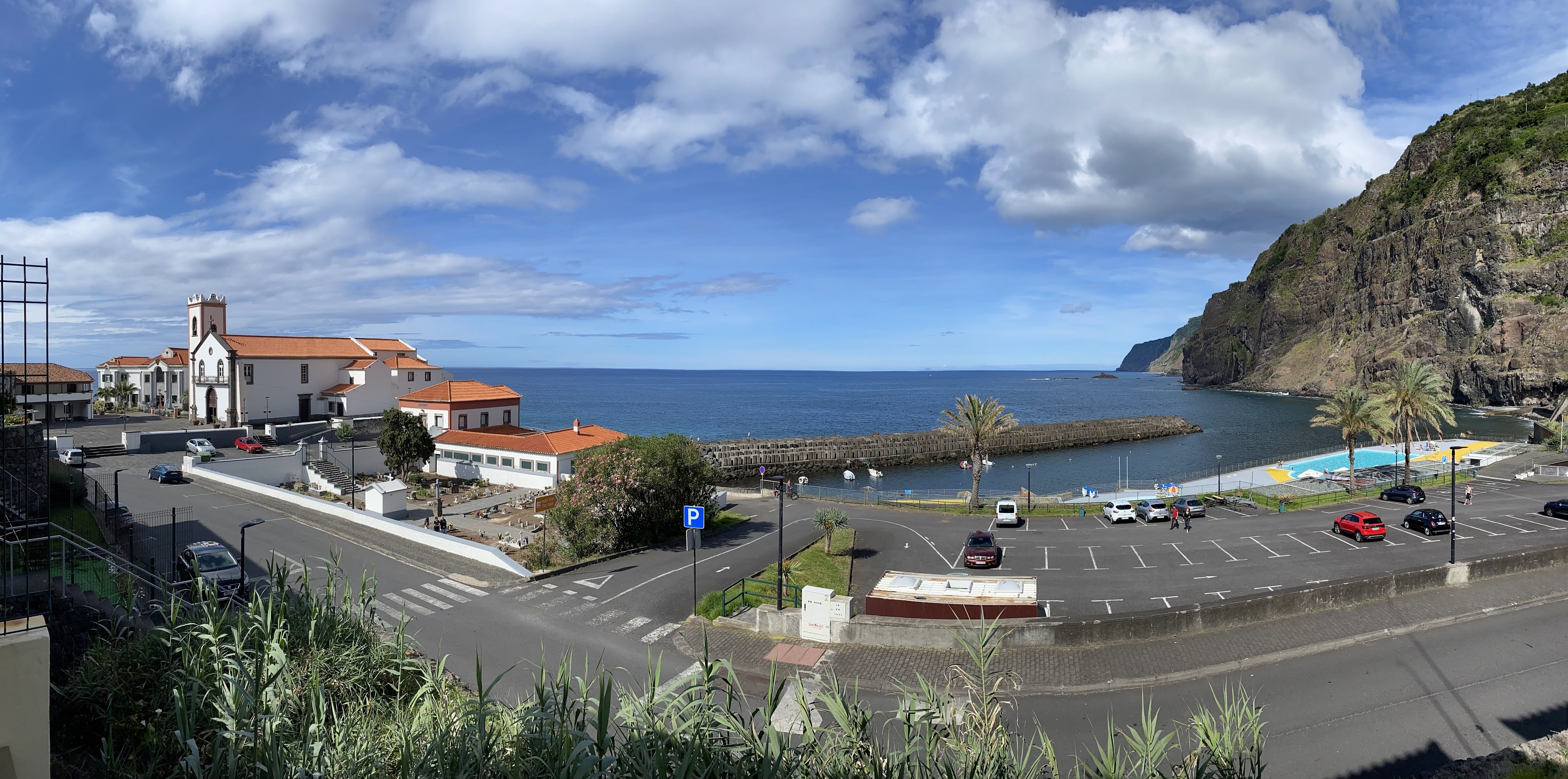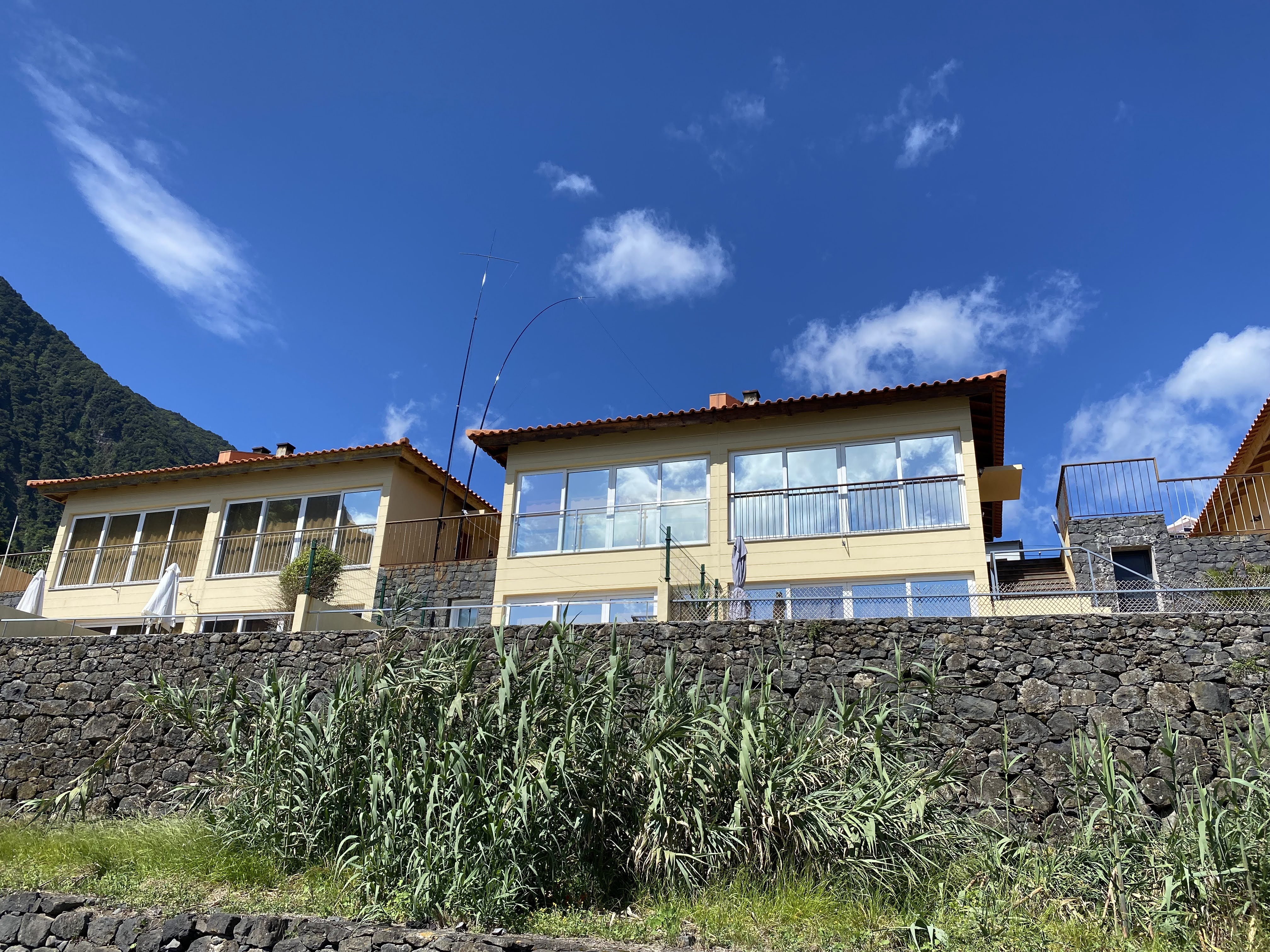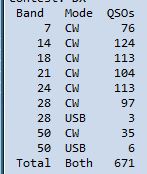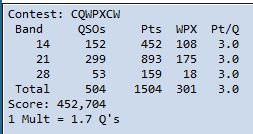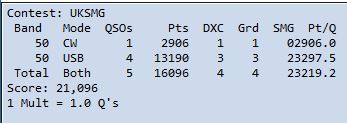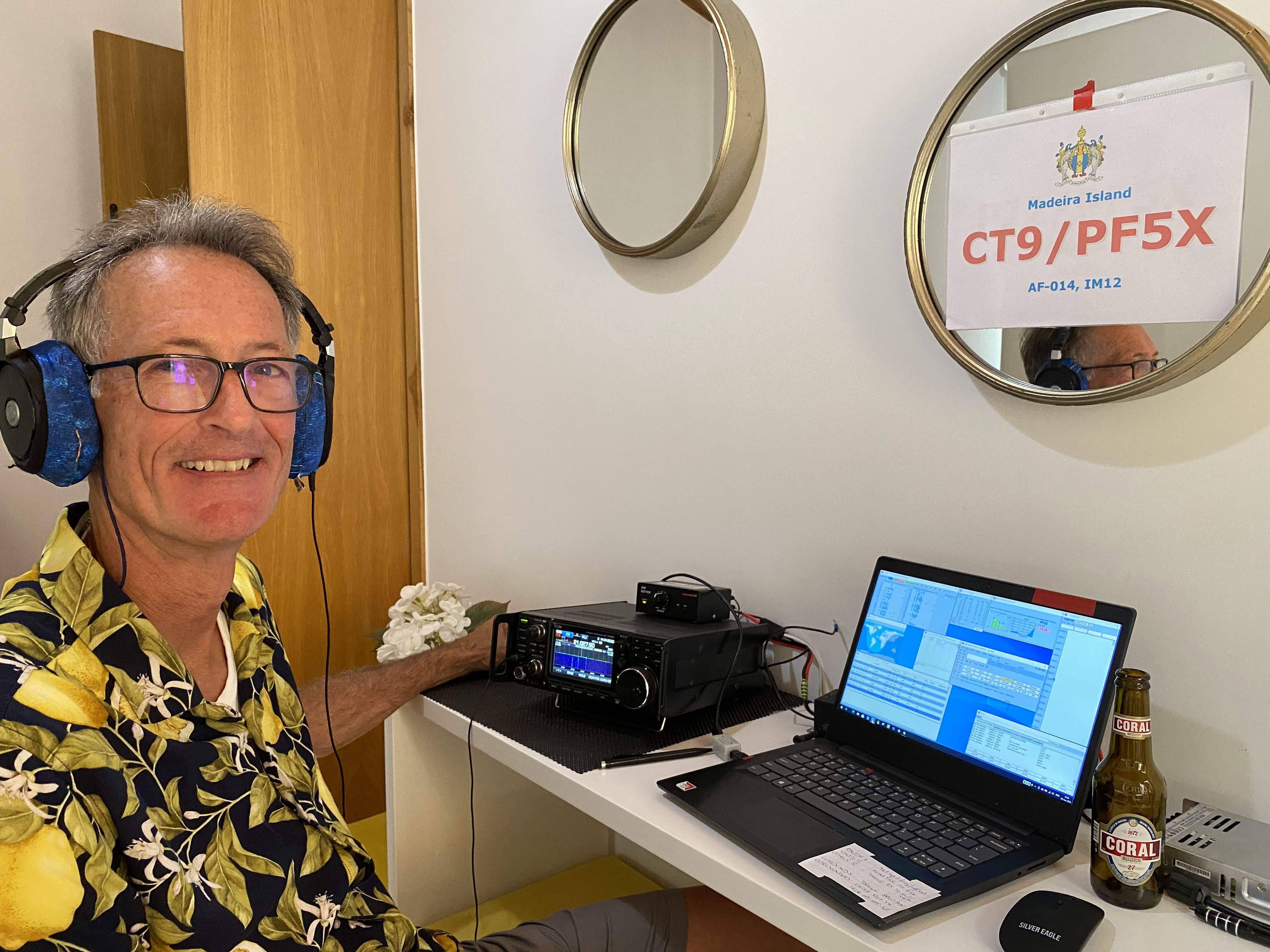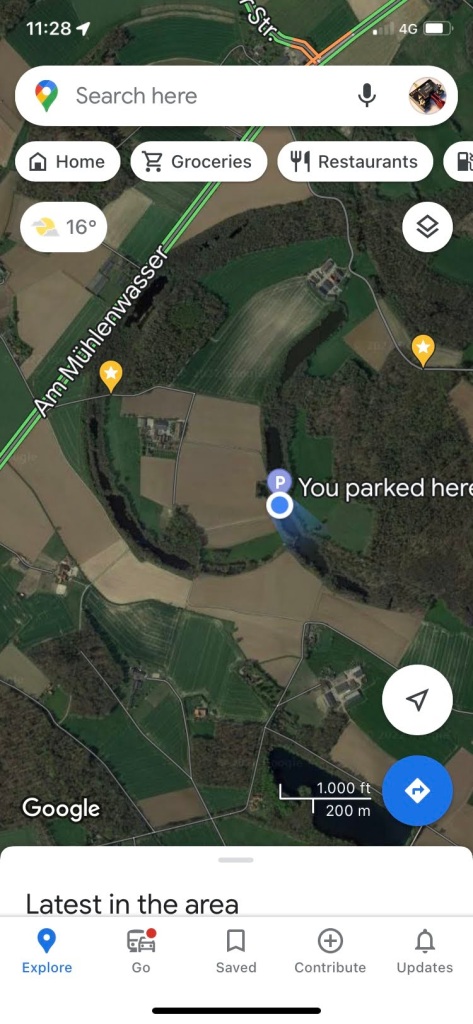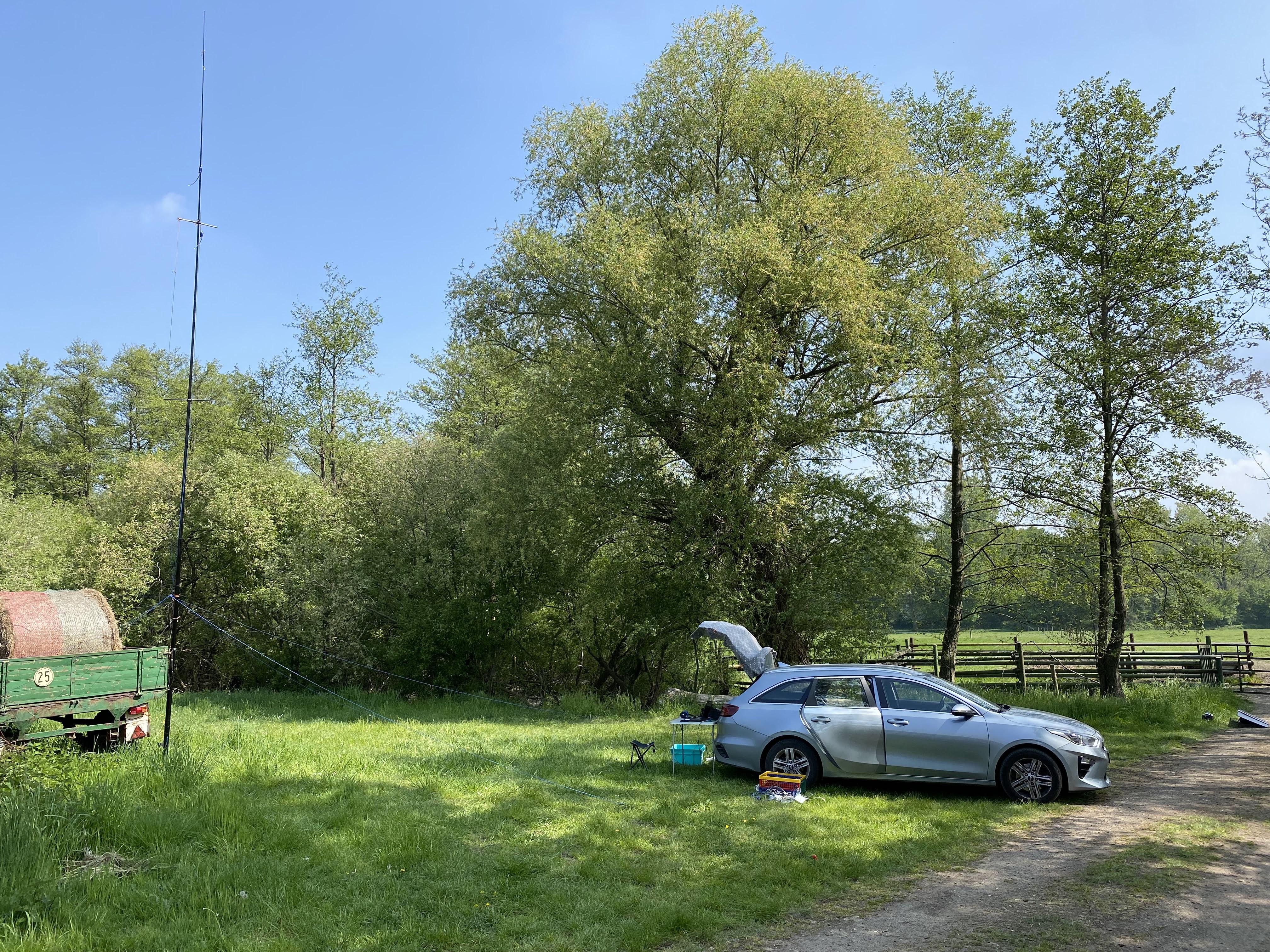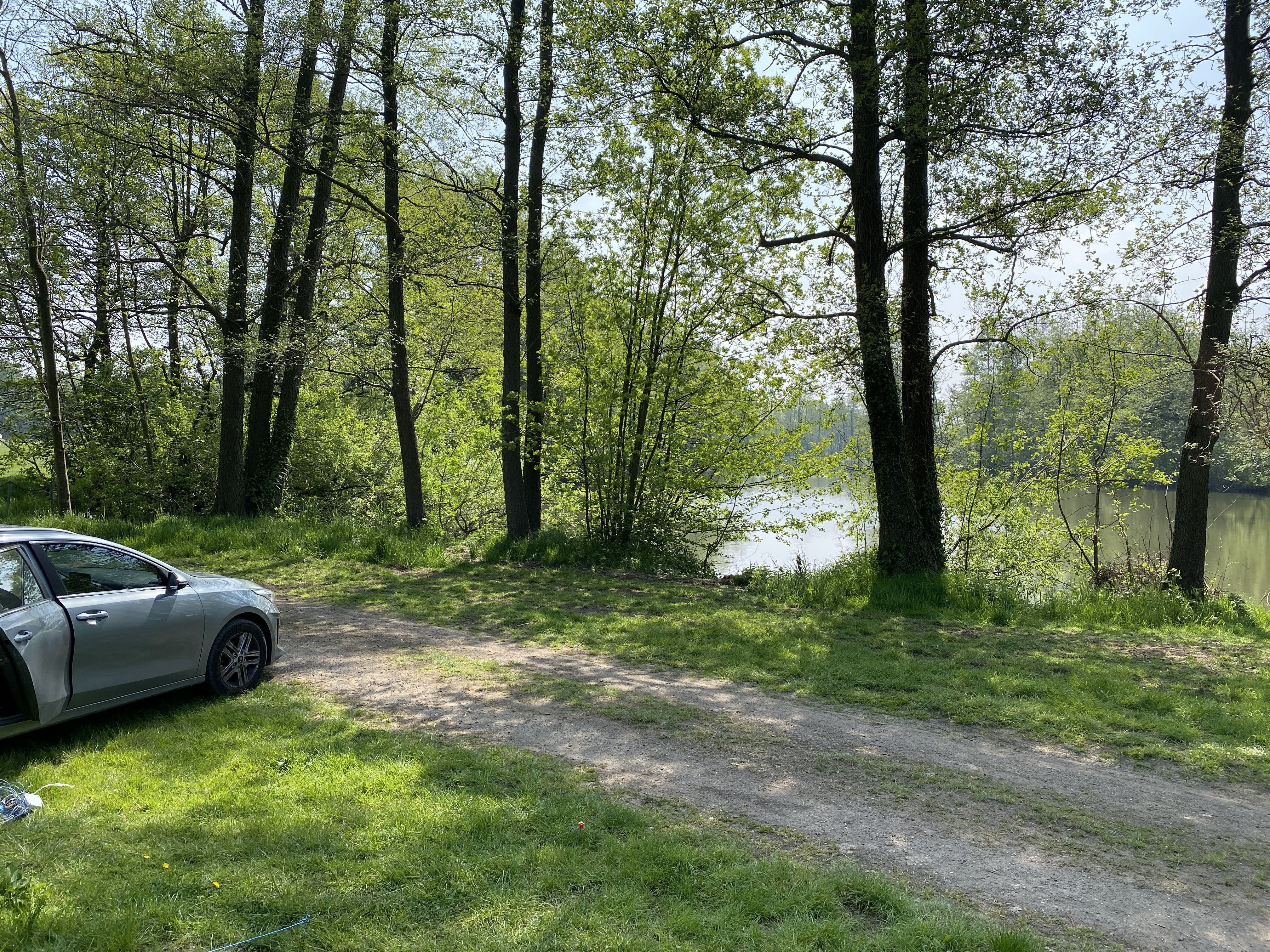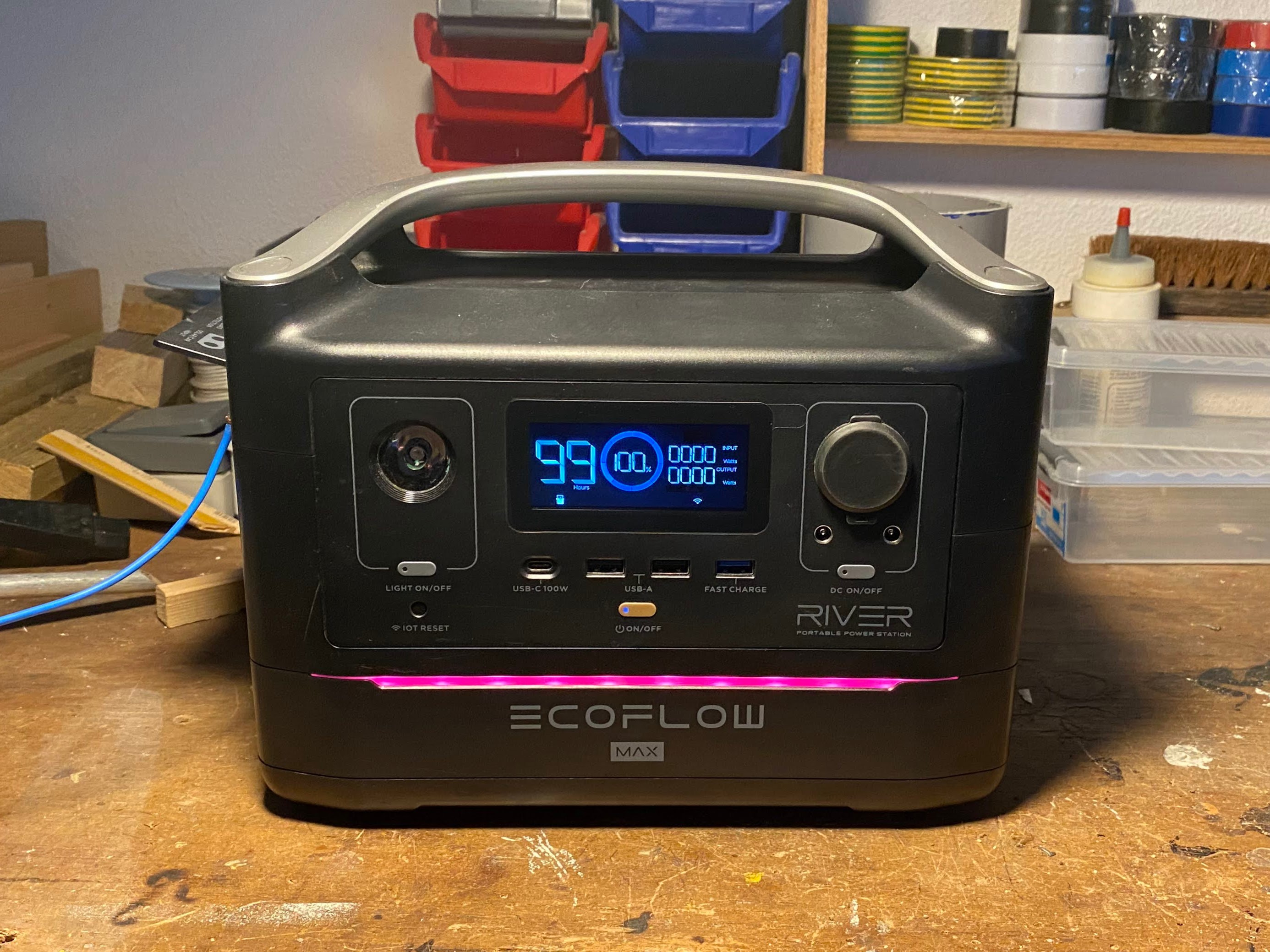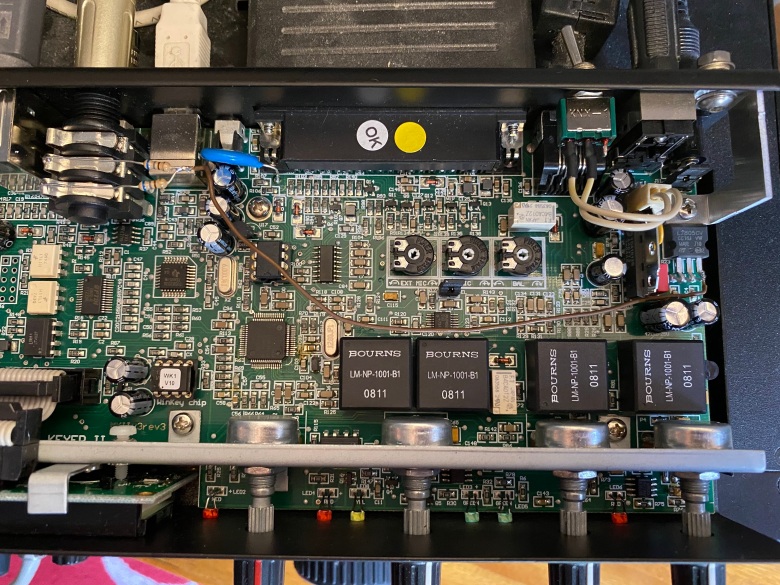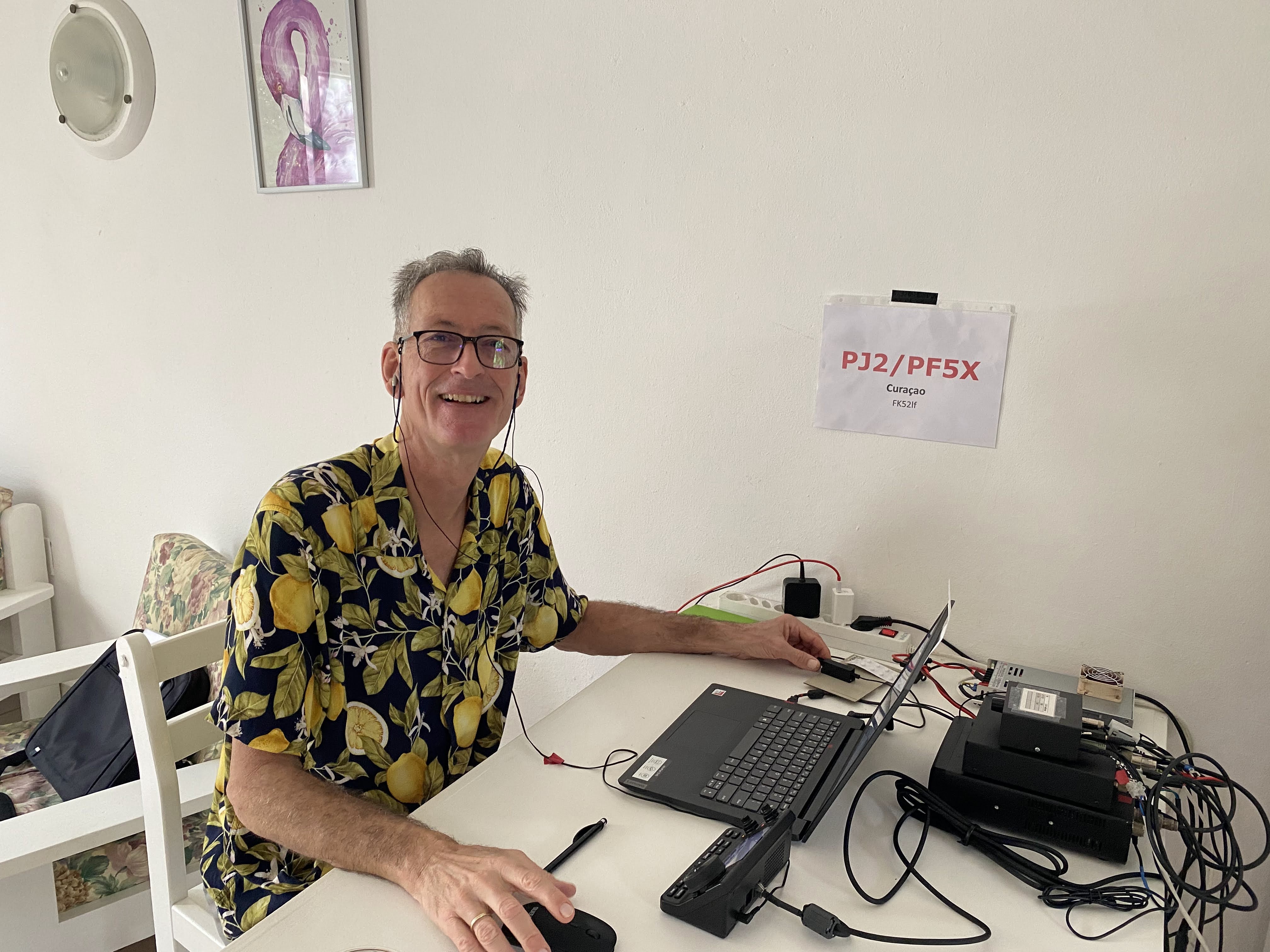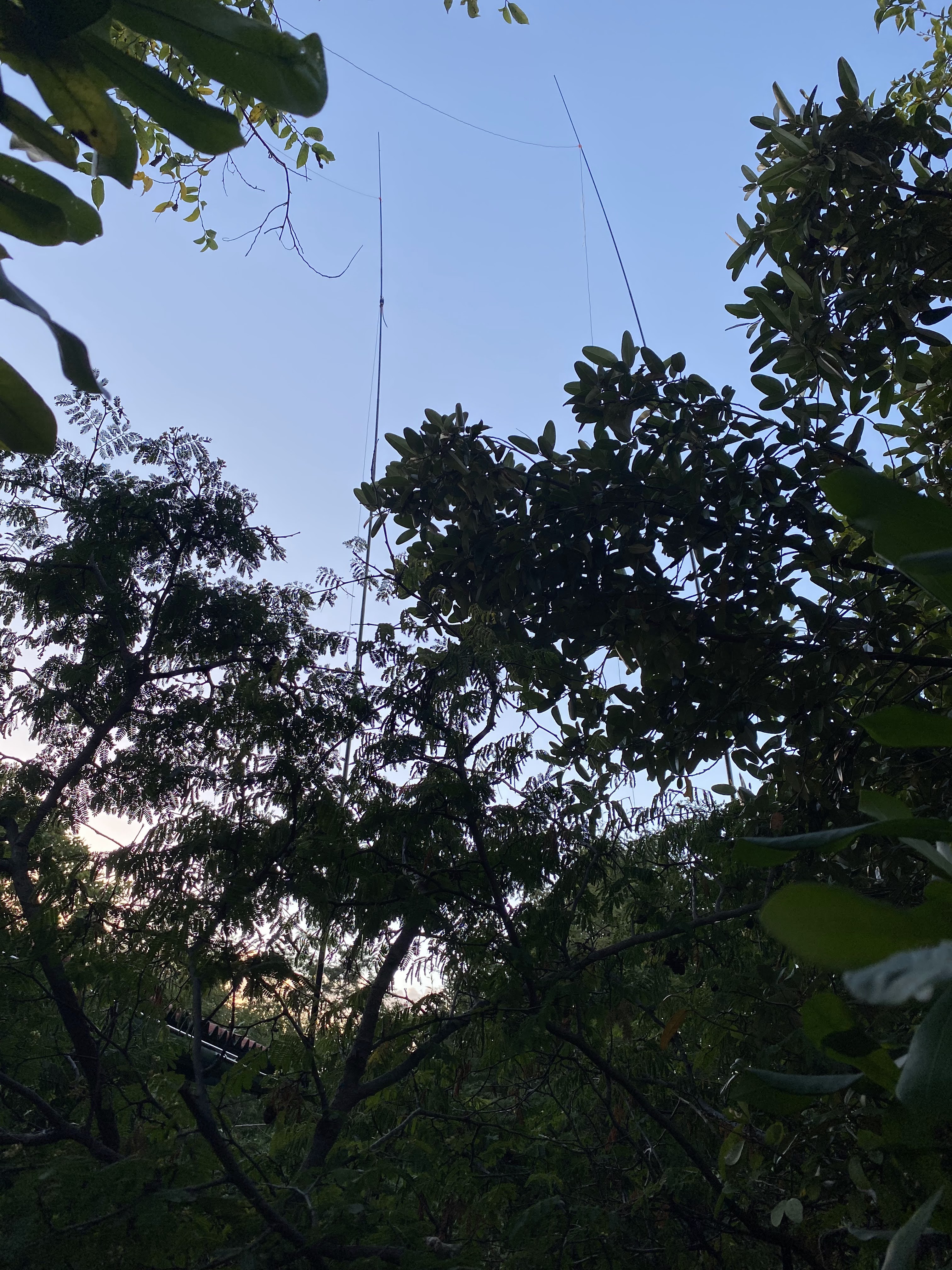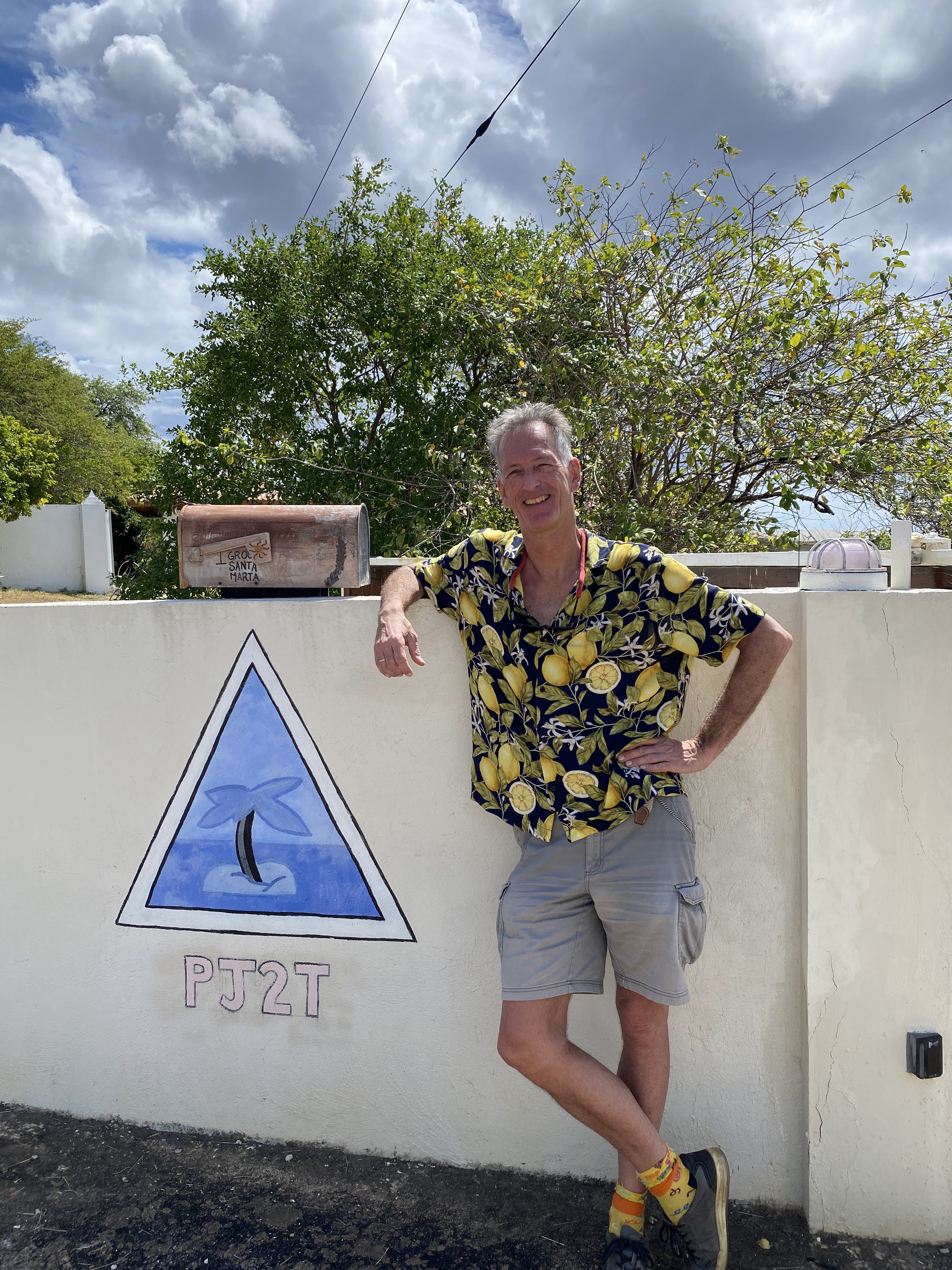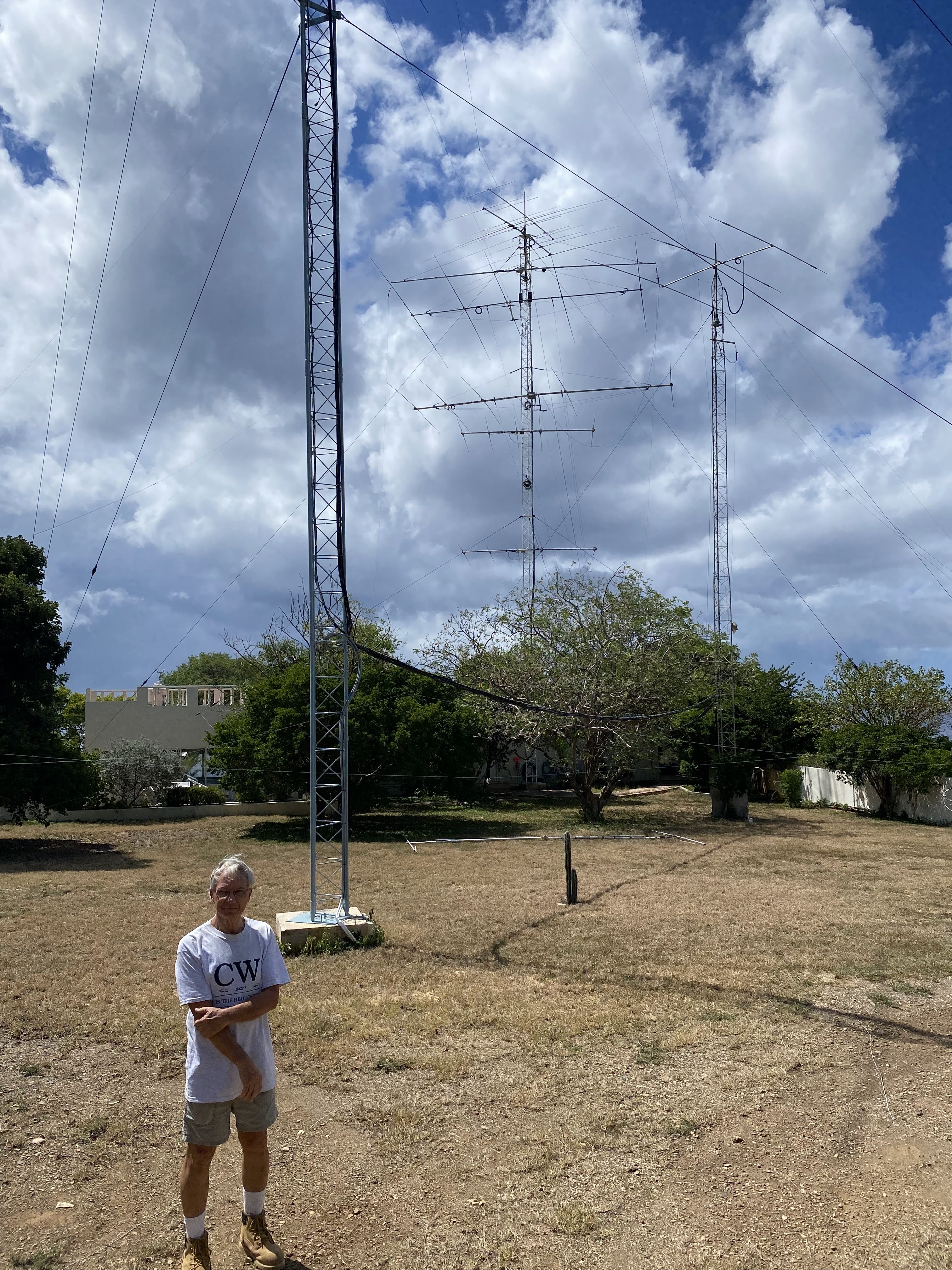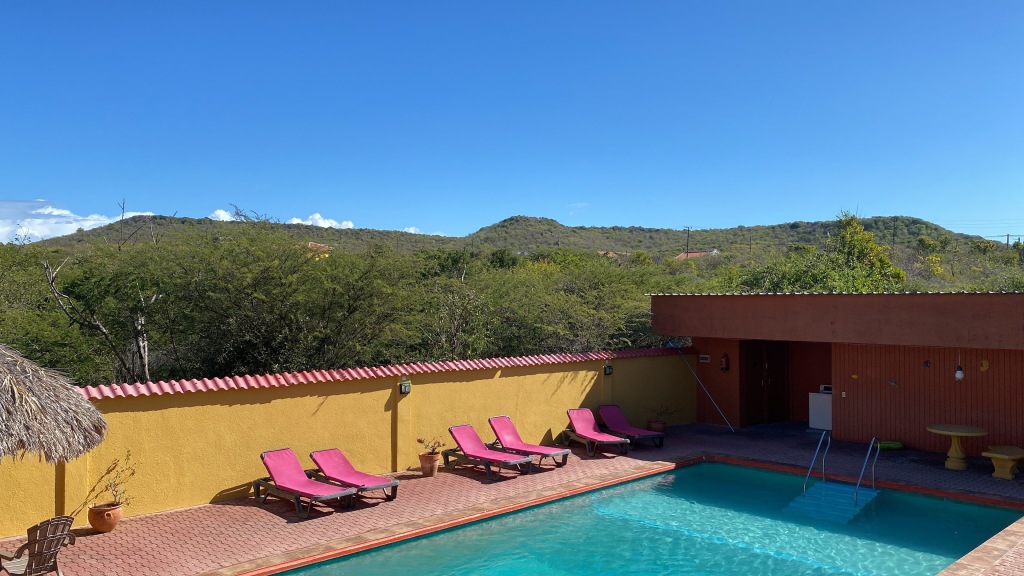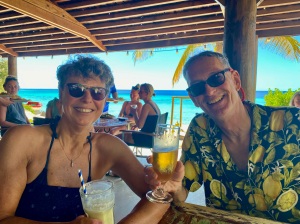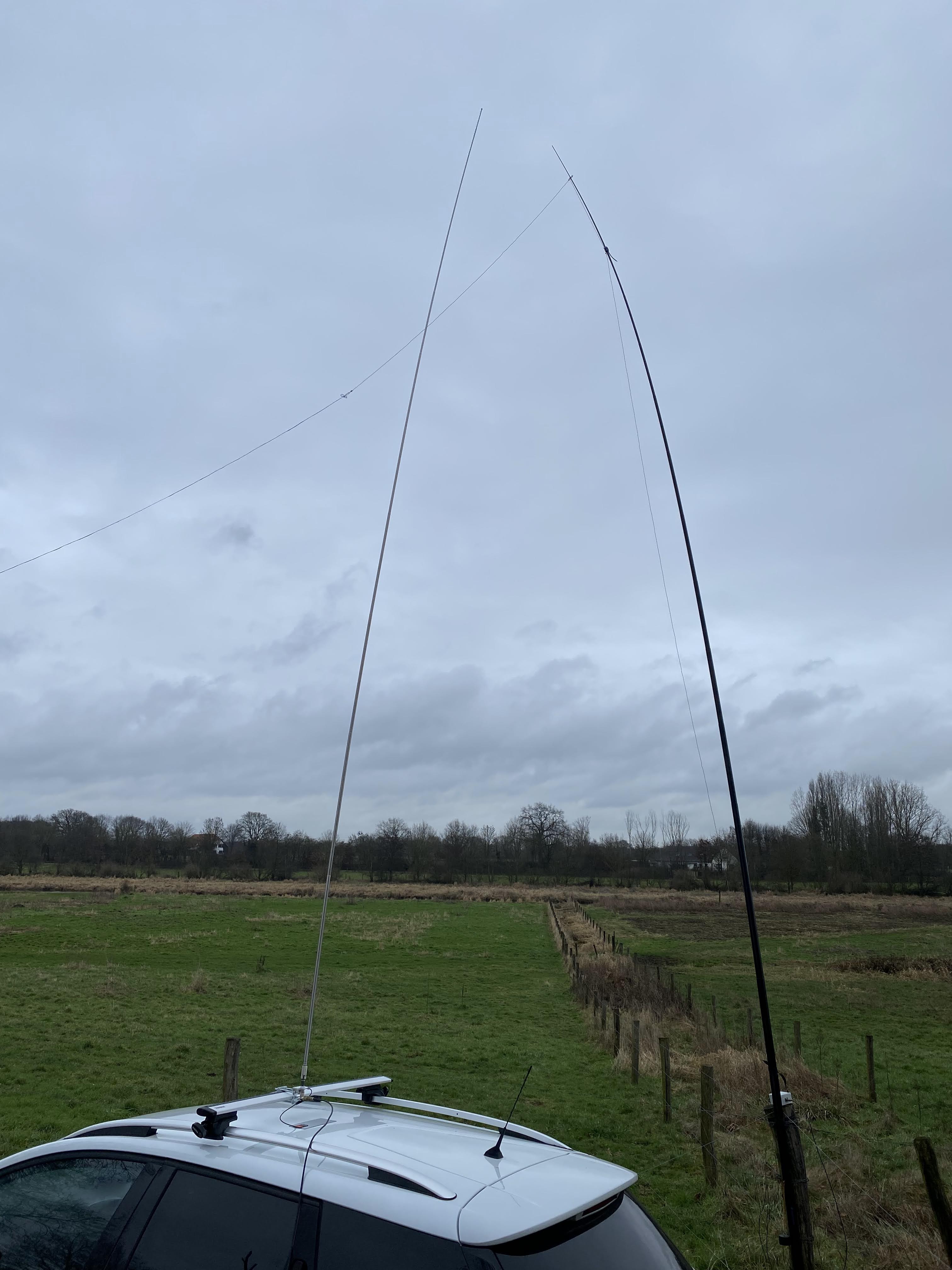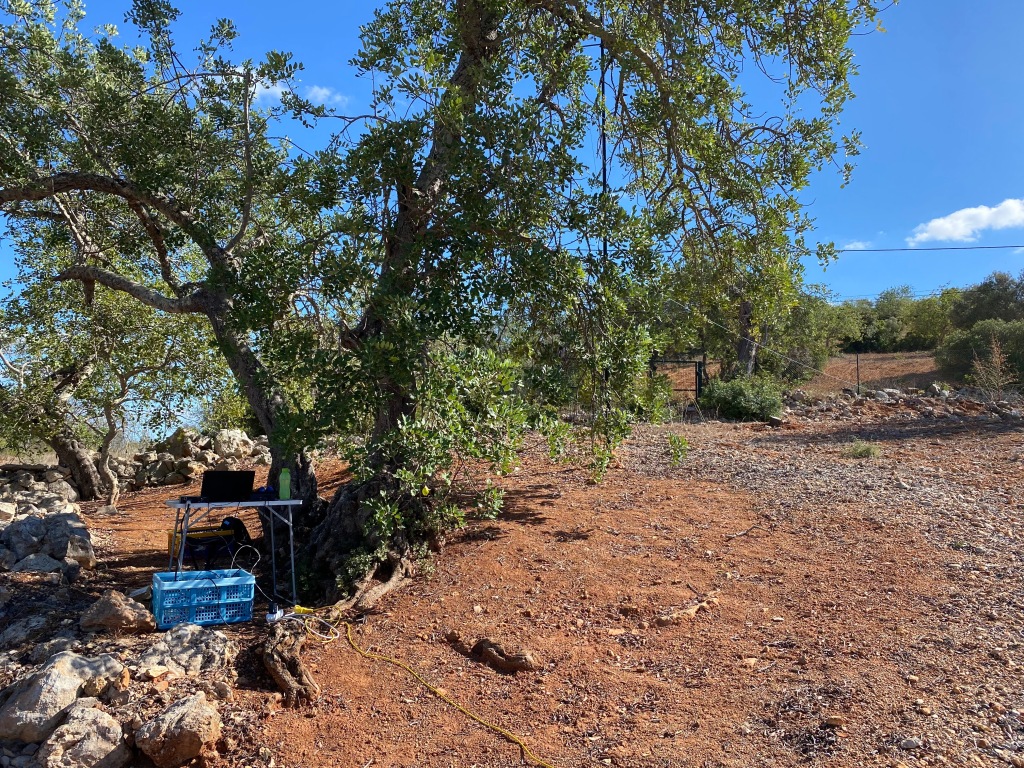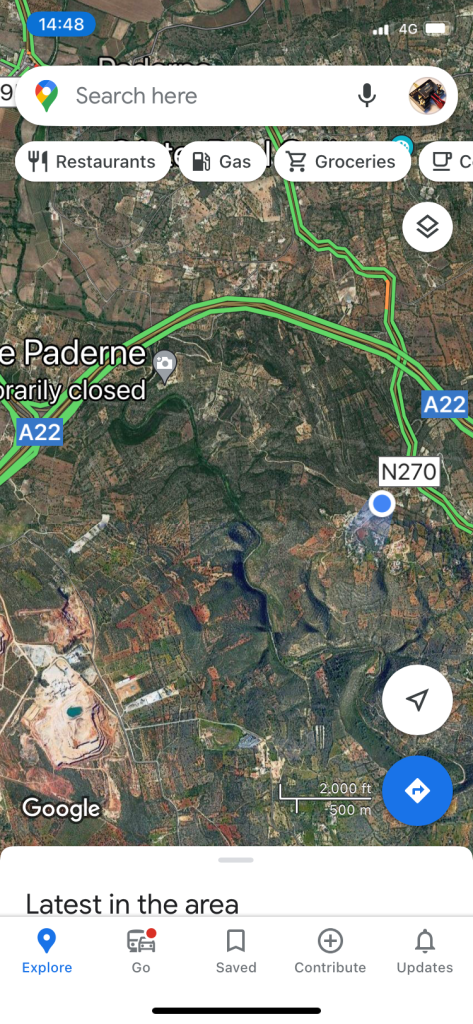This year Roy, PD8RW, and myself decided to join forces and compete in the ARRL 10m contest with a special contest call, PE6A. Conditions were really good in the CQWW cw contest just 2 weeks earlier so hopes were high on a similar experience in this contest.
Unfortunately, the solar flux started to drop right after the CQWWcw and in the days just before the contest it was already apparent that we had to deal with less favorable conditions. But because the band definitely would be much better than a few years ago, we started to erect the 4 ele OWA beam in Roy’s 11 m mast and we also put up a 5/8 vertical as back-up and RX antenna (but, after a short listen, we never used it).
On Saturday we started around 08:00 utc, just after sunrise. The band was open, but we felt activity was not great and signals were not particularly loud. So it was mainly S&P to pick out the multipliers. But as mentioned before activity was not great and there were quite a few “standard” countries missing. The few short runs we could make only yielded a bunch of Russian stations … Interestingly, we worked ZL3CW around 10:30 utc via the long path. He was maybe S3, but workable. 2.5 hours earlier we heard him short path, but barely audible and not workable.
In the afternoon, the story was similar. Mediocre signals from the Caribbean and NA. Although we had one decent CW run towards NA, we could hear many US/VE stations work each other for state/province multipliers, while the band had its (meager) opening towards EU.
Fortunately on Sunday things were slightly better. Louder signals and it was a bit easier to raise a short run although this yielded mostly Russians in the eastern direction without any exotic DX. In the afternoon we could fill most of the missing US states as signals to the west were also louder, except for the north-west as W7 was still difficult: only AZ was worked. As far as VE provinces are concerned, SK was the most western province, with quite a few others lacking. We only heard a few XE stations, so just 2 districts made it into the log.
Here are the stats and multiplier listings.
Just as a comparison, in the CQWWcw I worked 112 countries in CW, indicating that both activity and conditions were better then …
The QSO plots show that we worked truly world-wide this weekend, but, again, with difficulty and relatively low “real DX” activity …
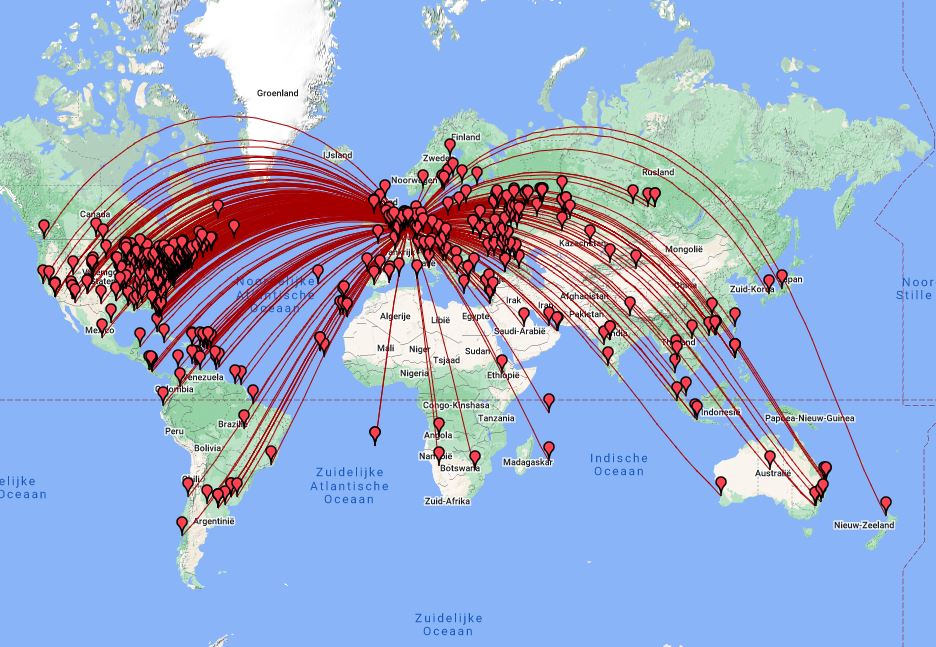
We had a lot of fun and hope conditions will be better next year (probably the last chance before the solar cycle will go downwards again). We used a Yaesu FTdx10 transceiver fitted with an extra 300Hz CW filter (this is a must-buy item for any serious CW operator), 400W amplifier and a home built 4 ele OWA yagi based on G0SKC’s design.
